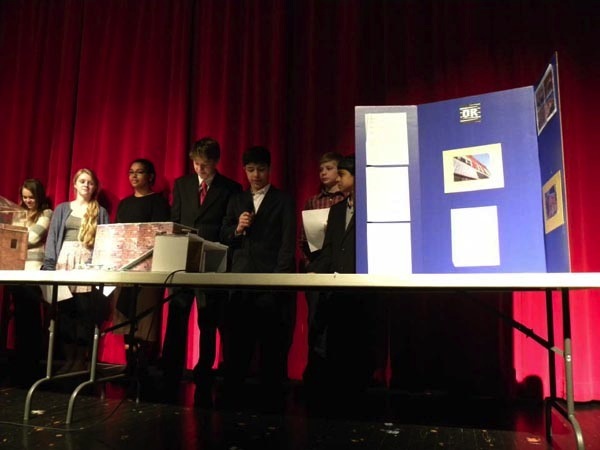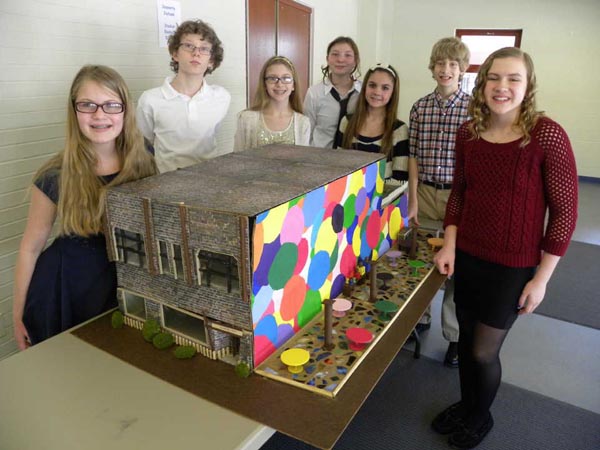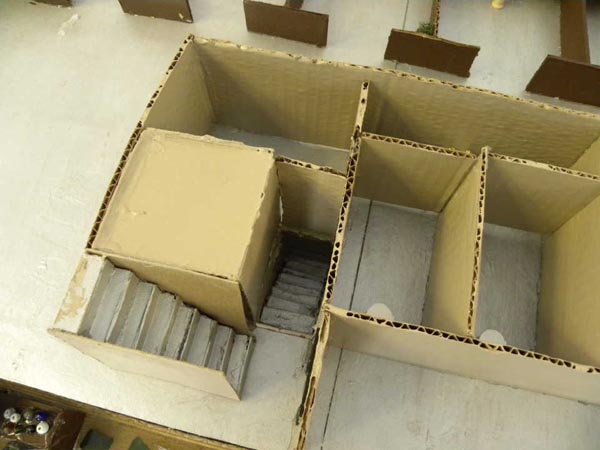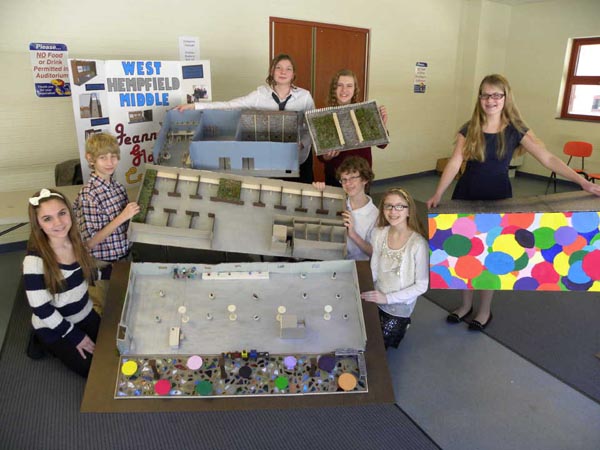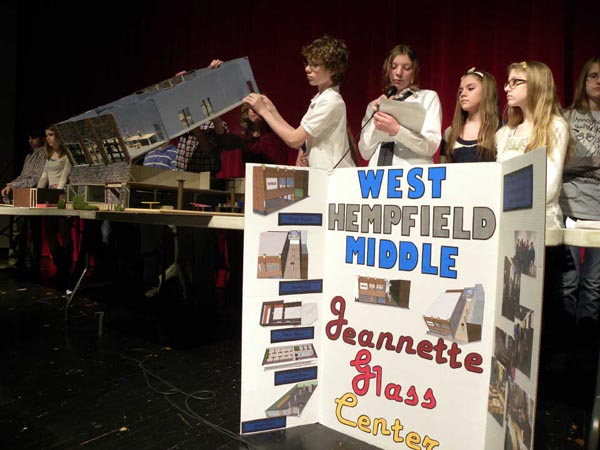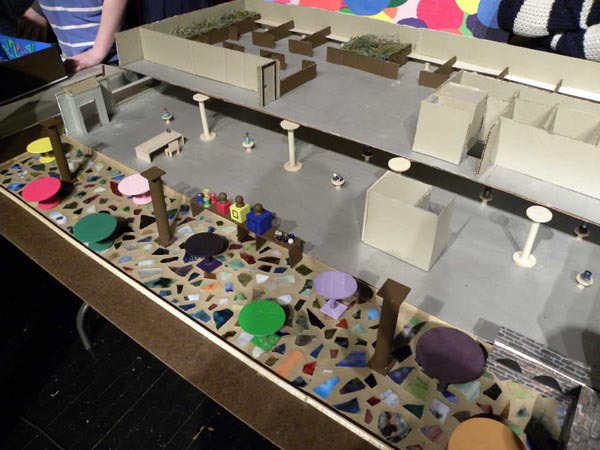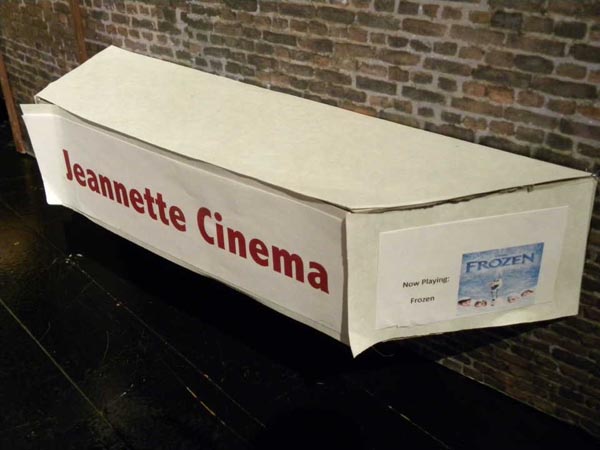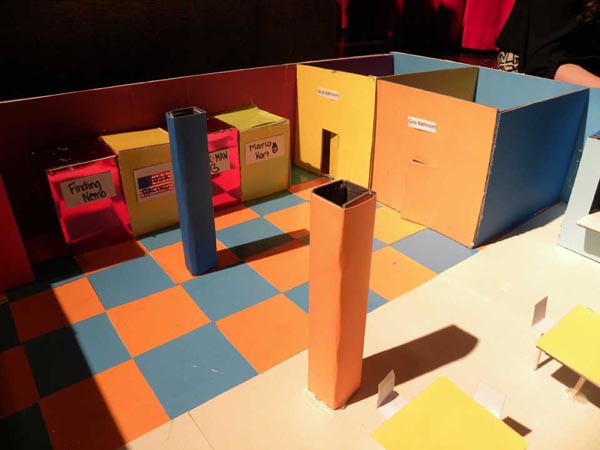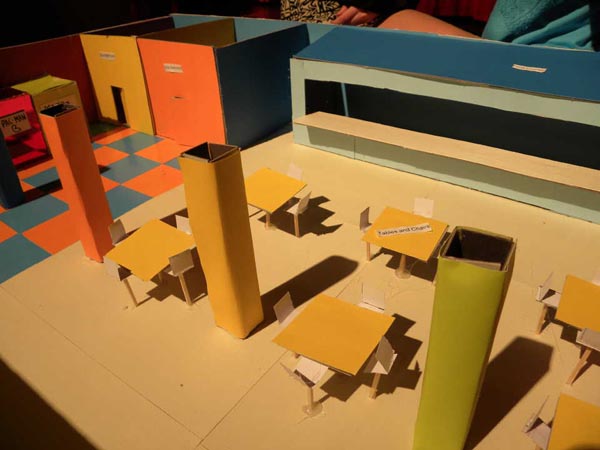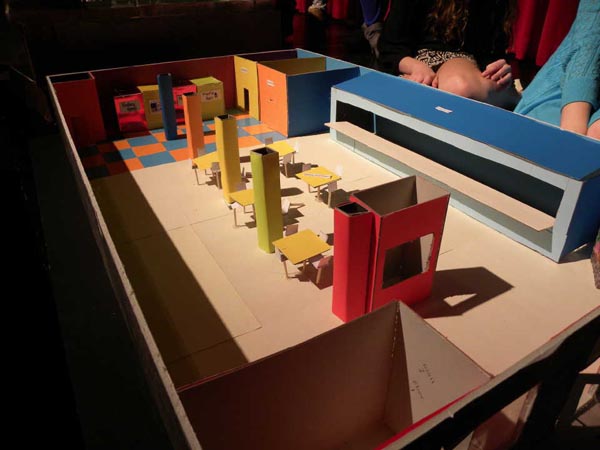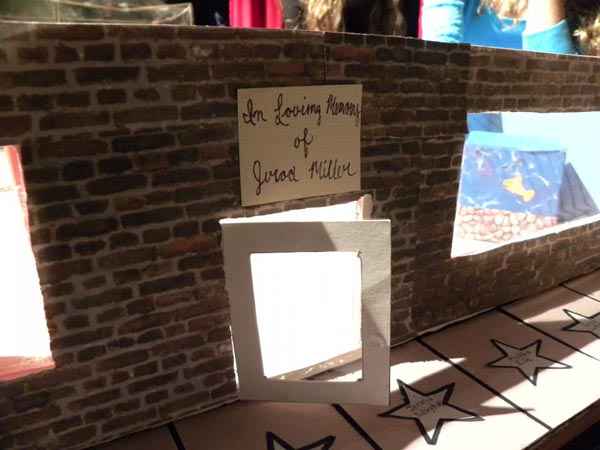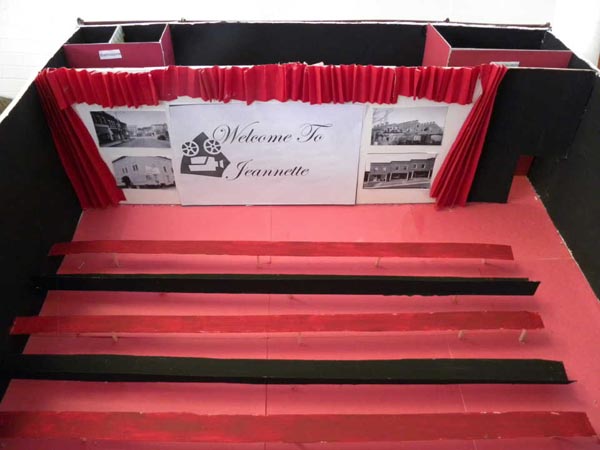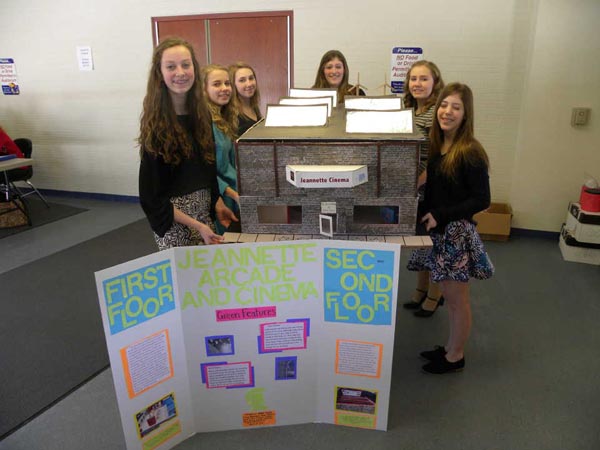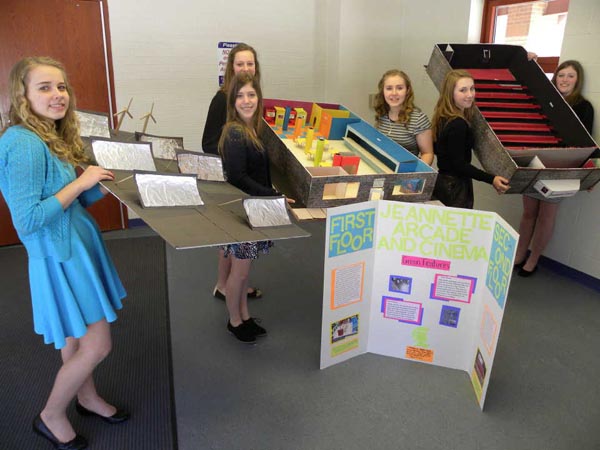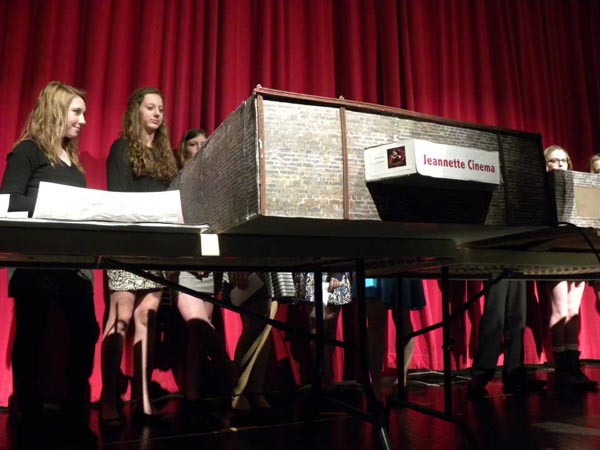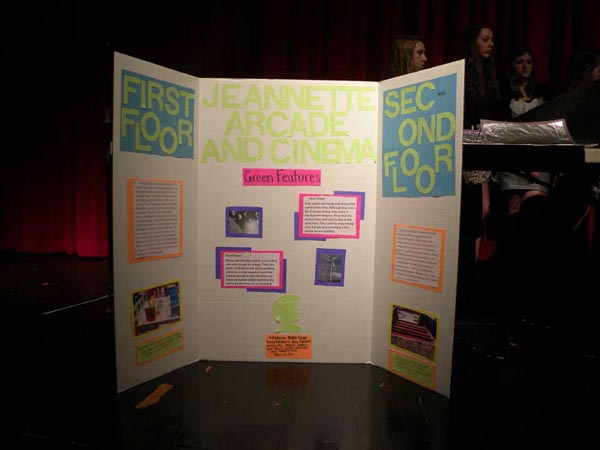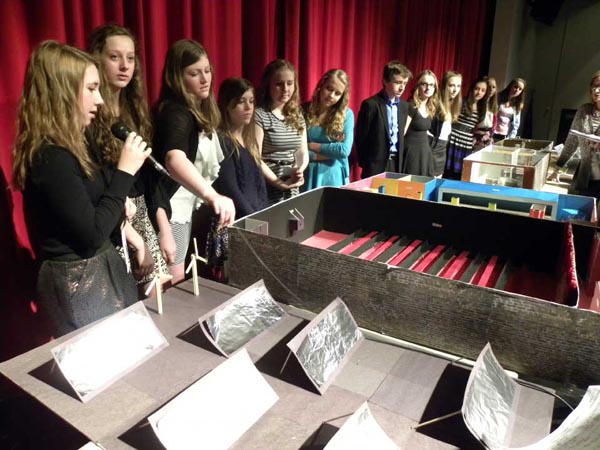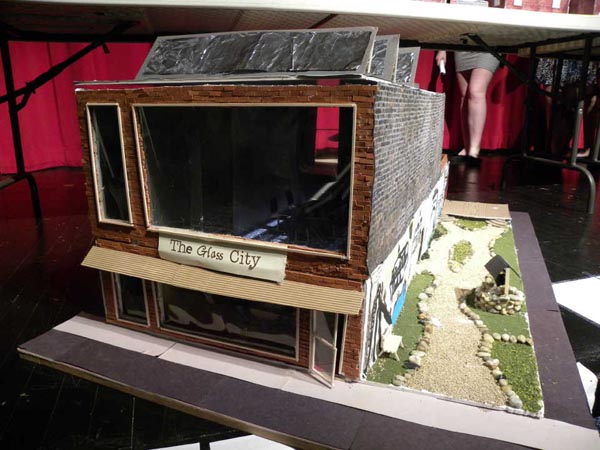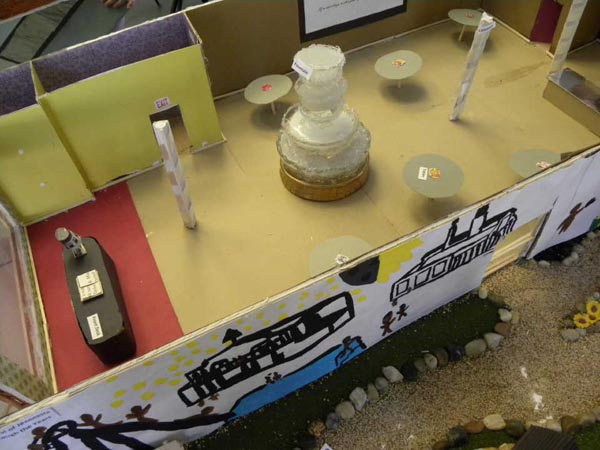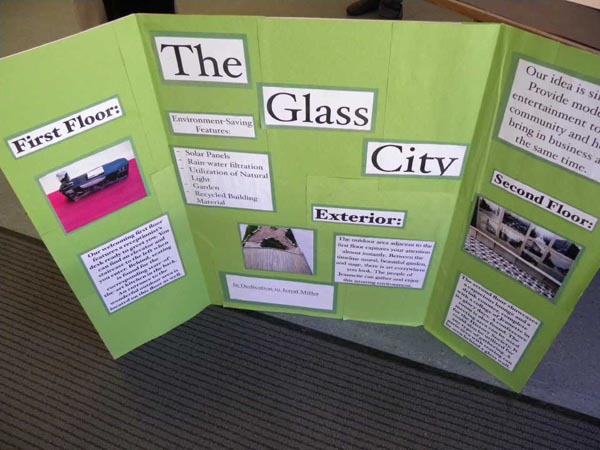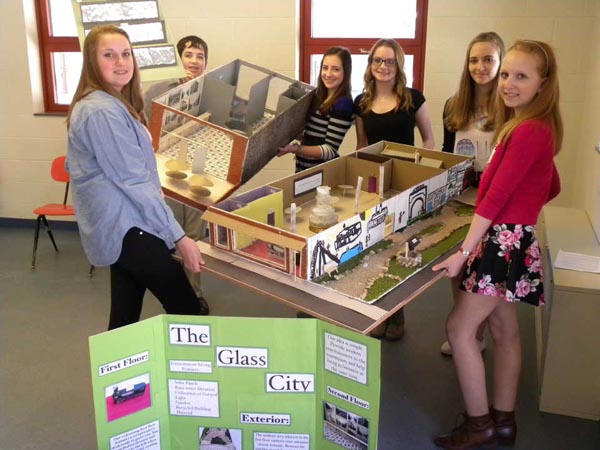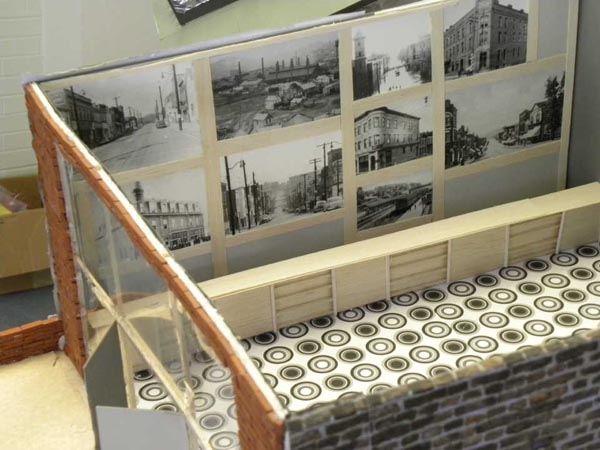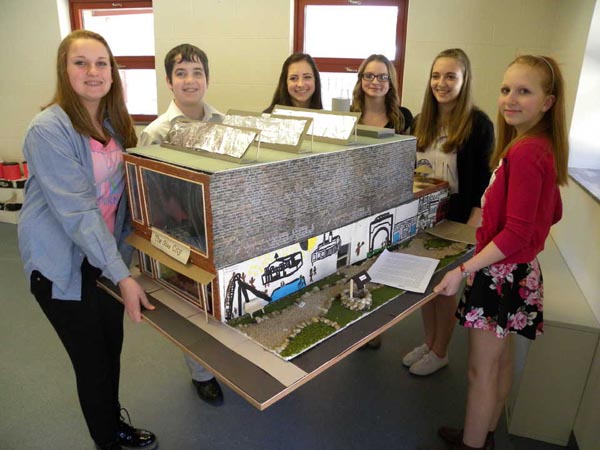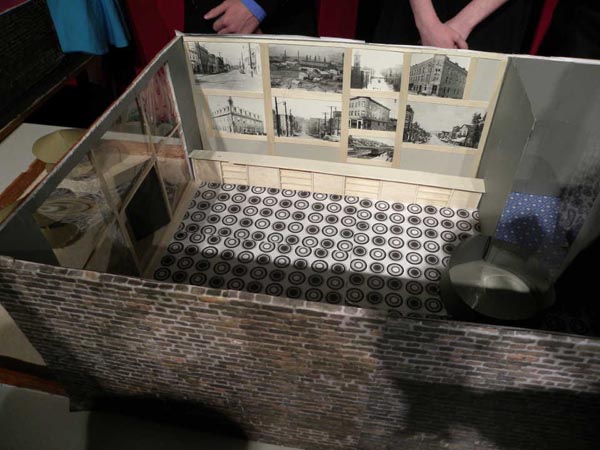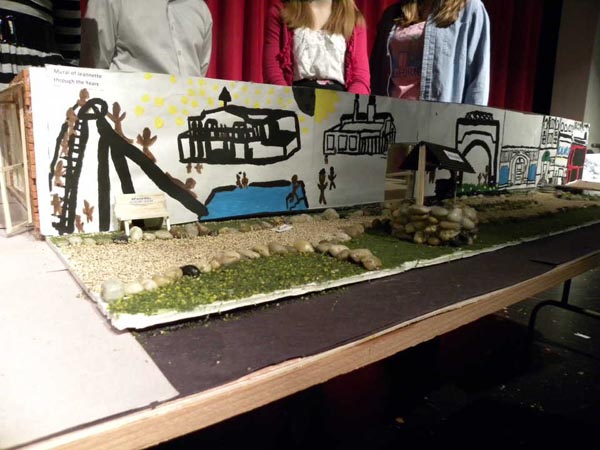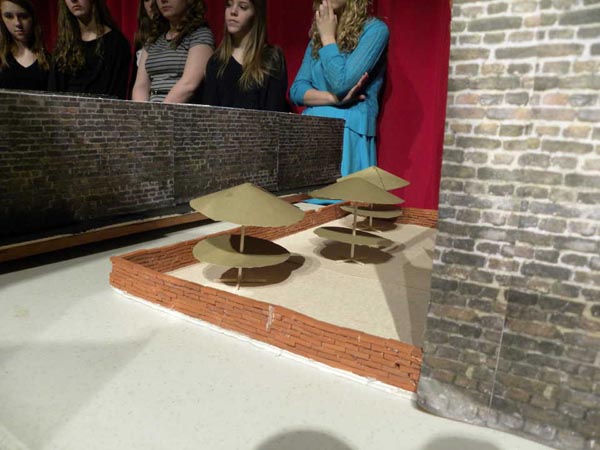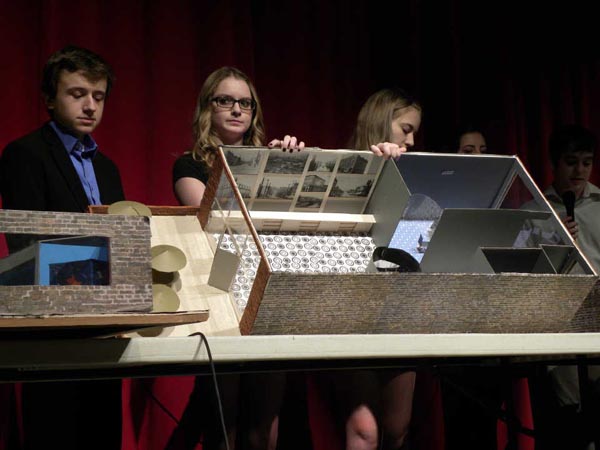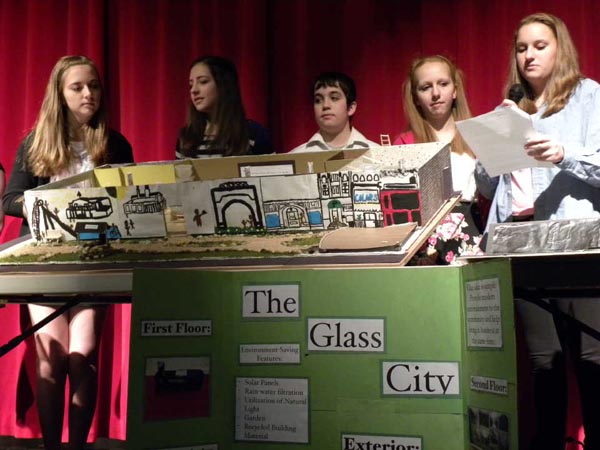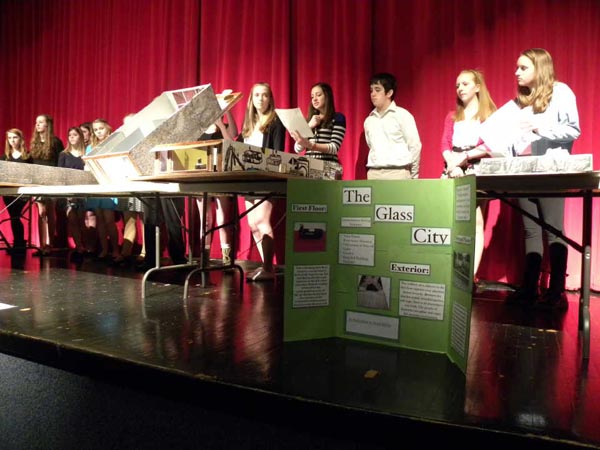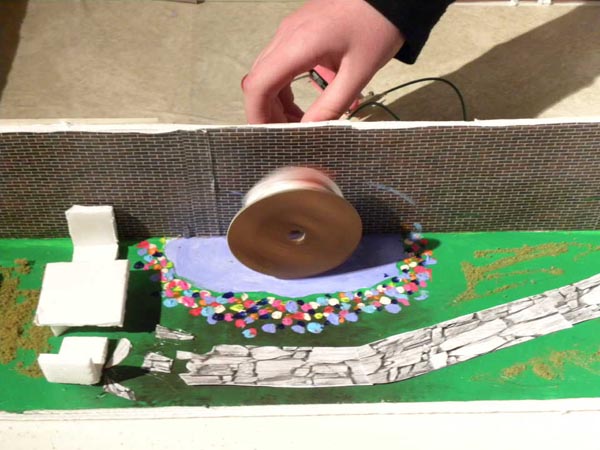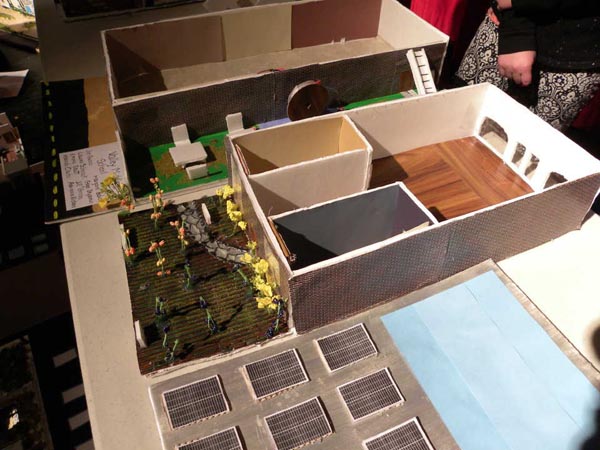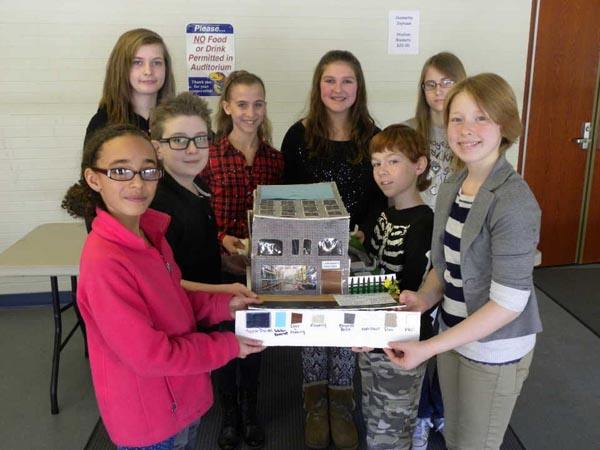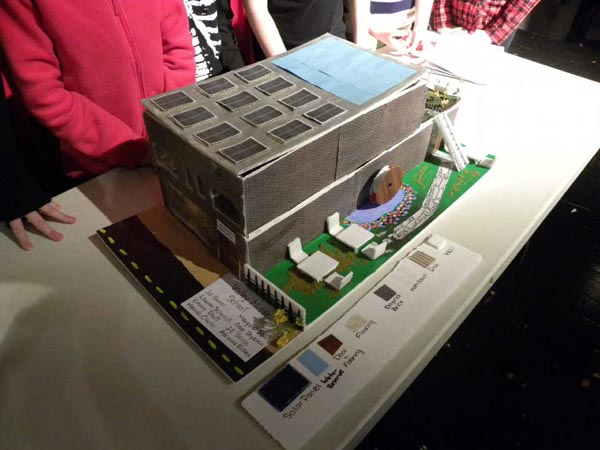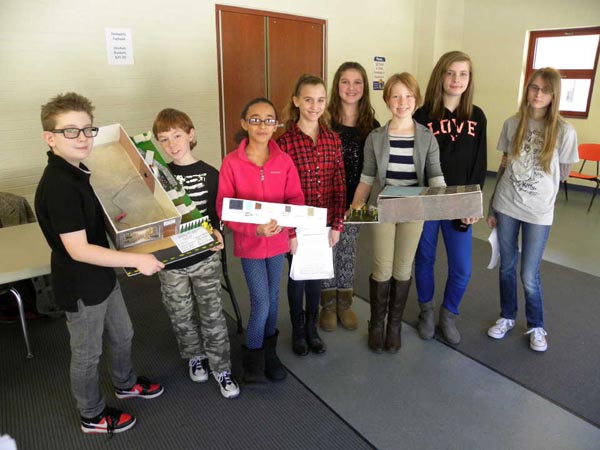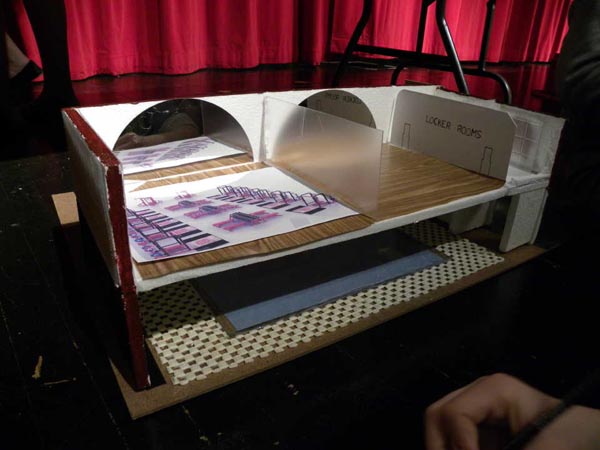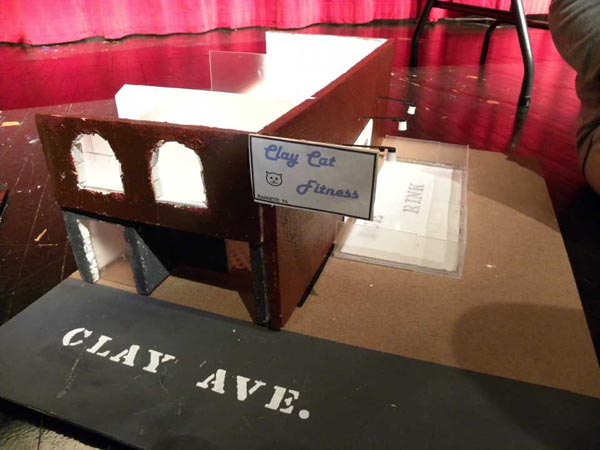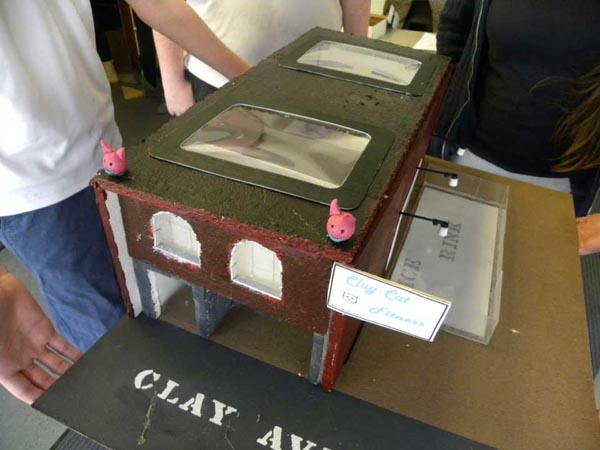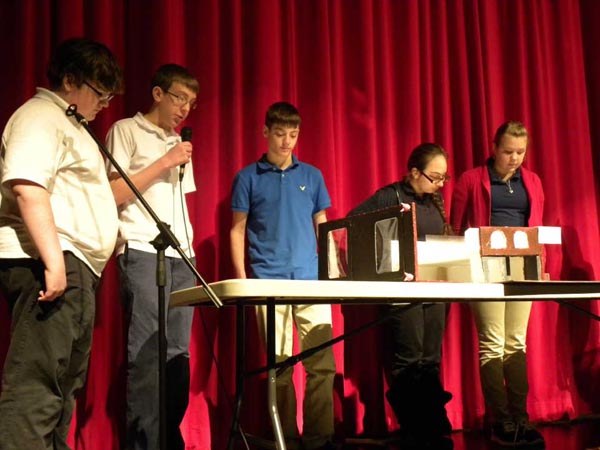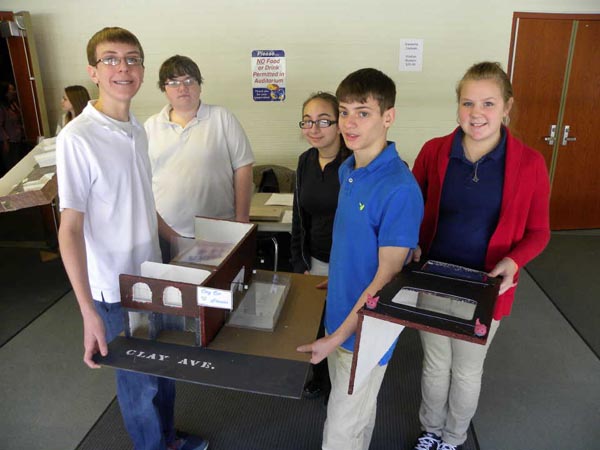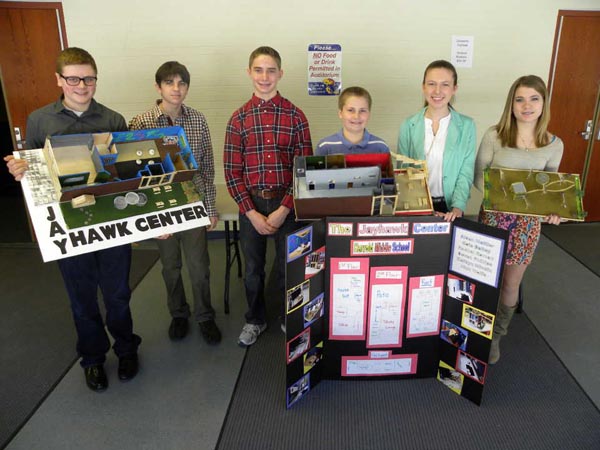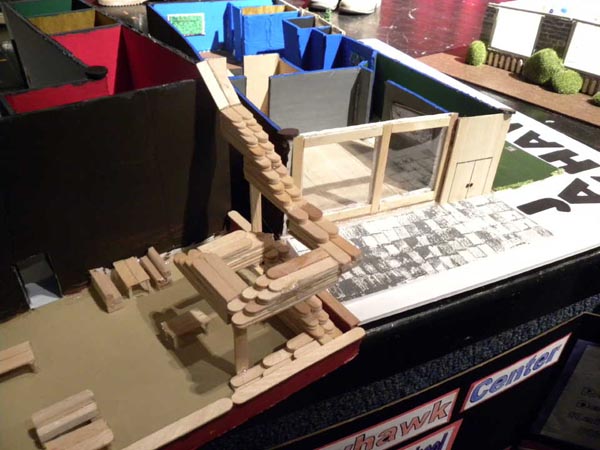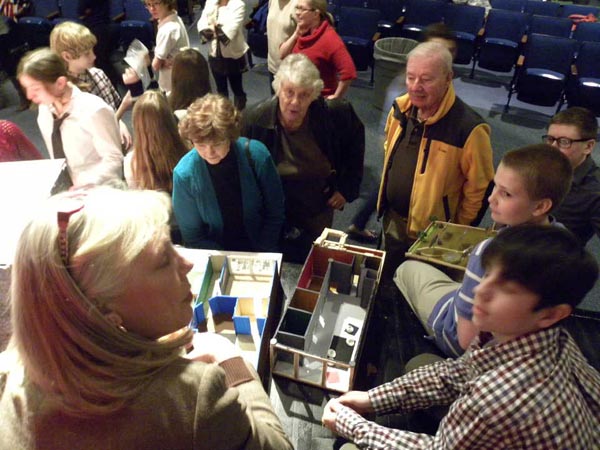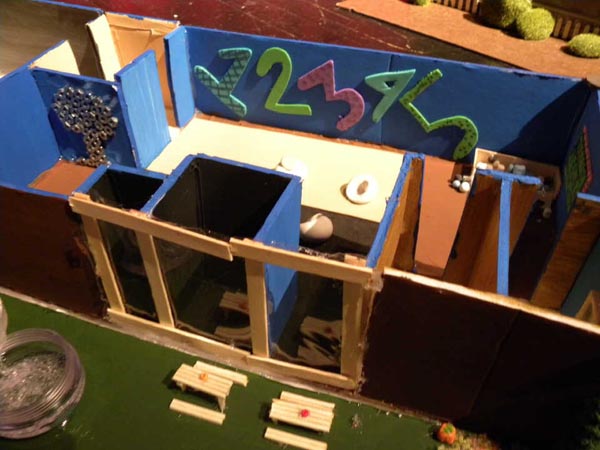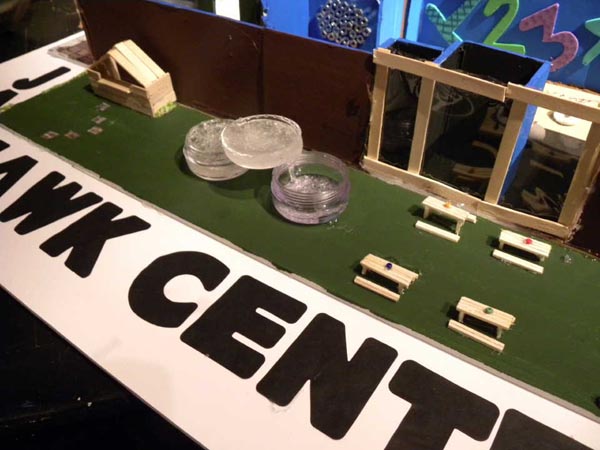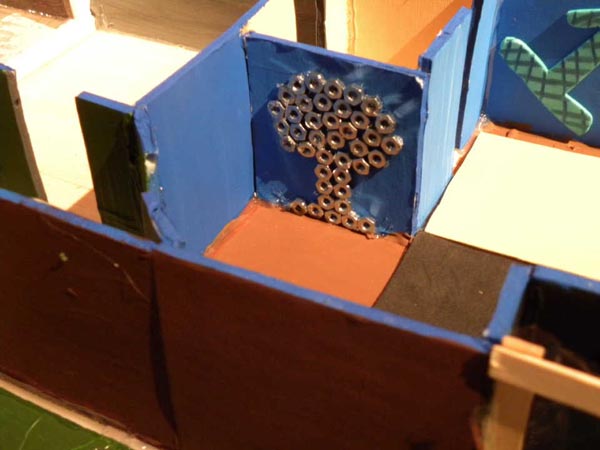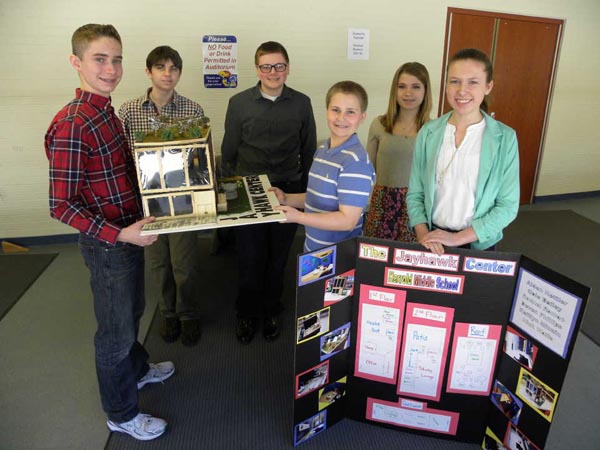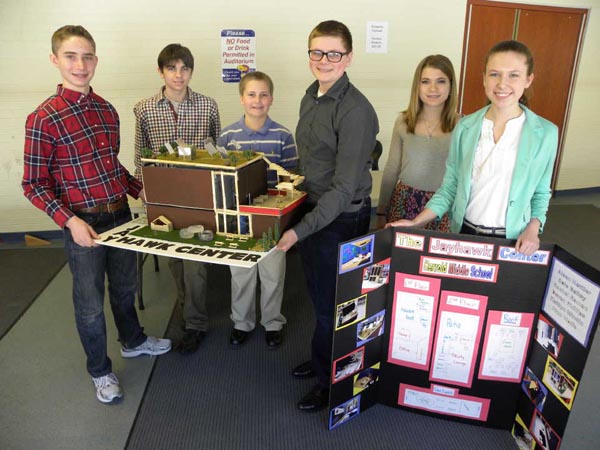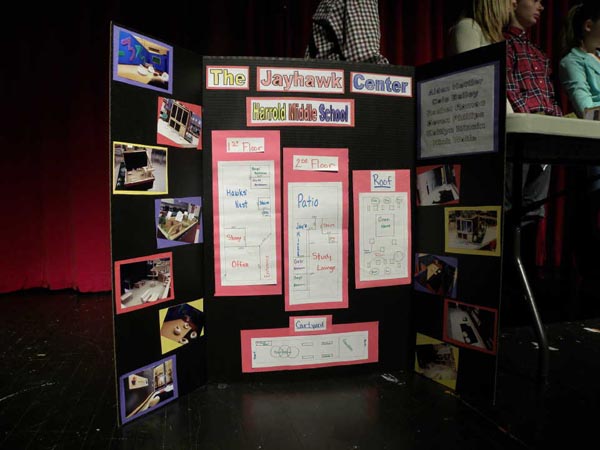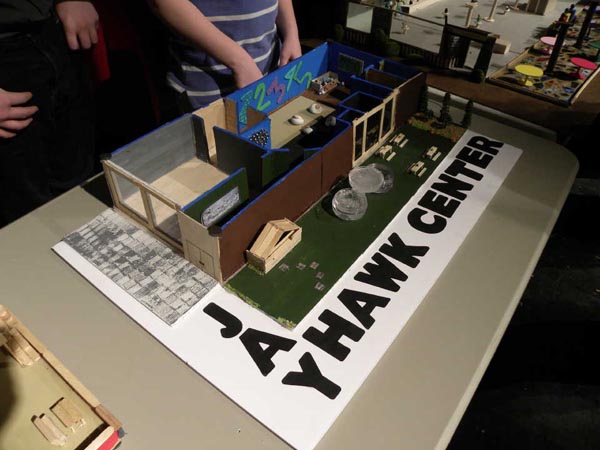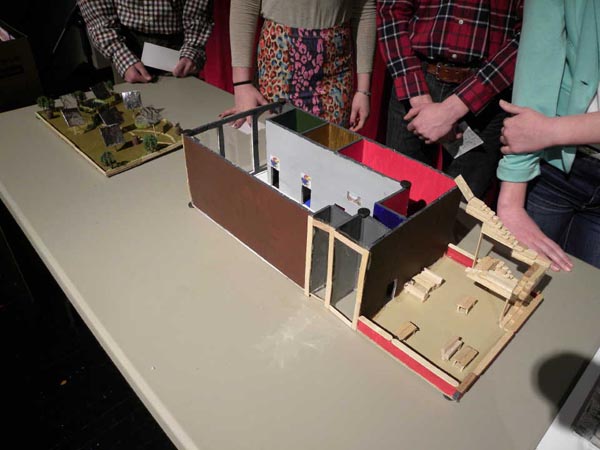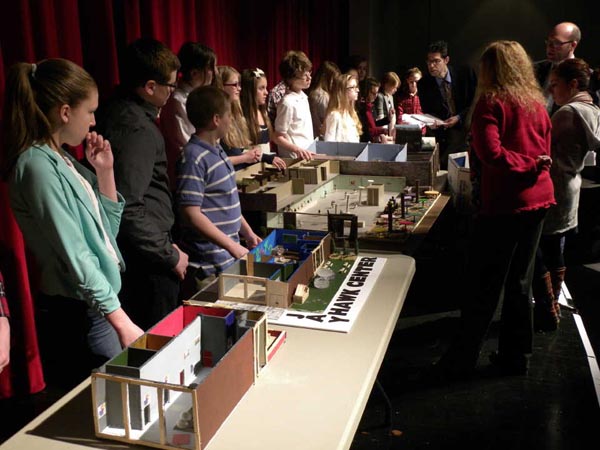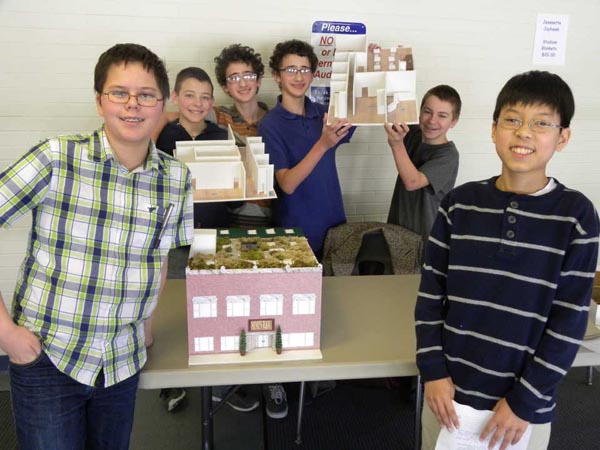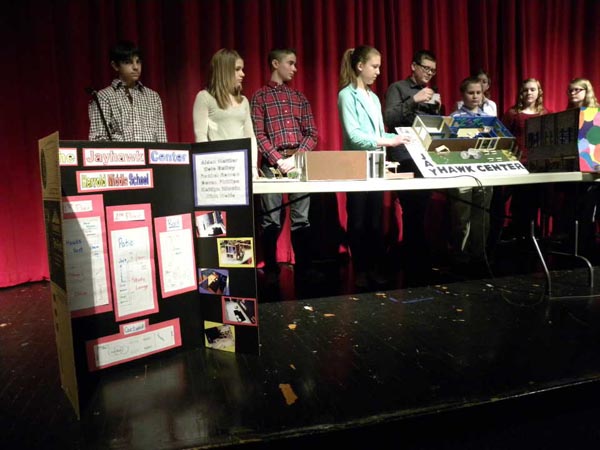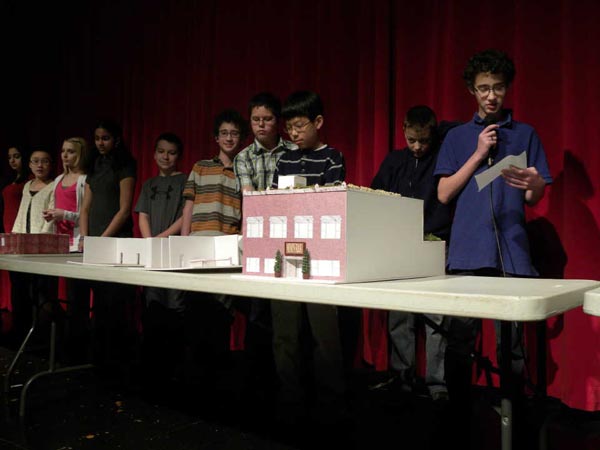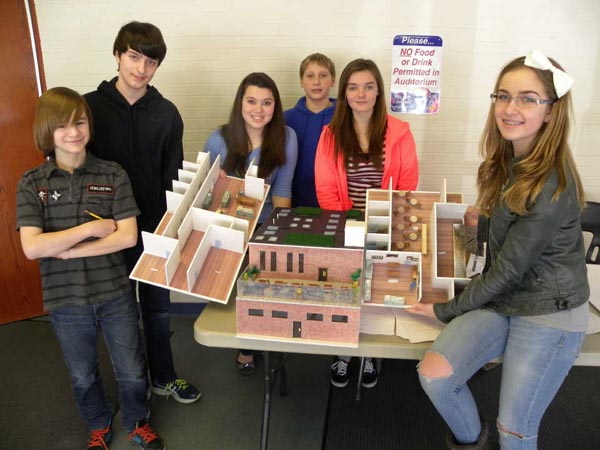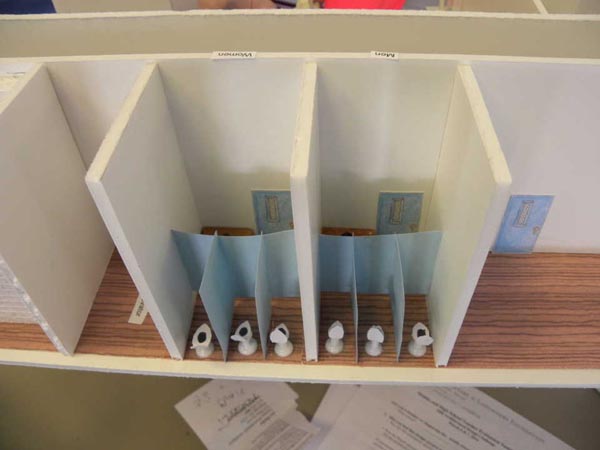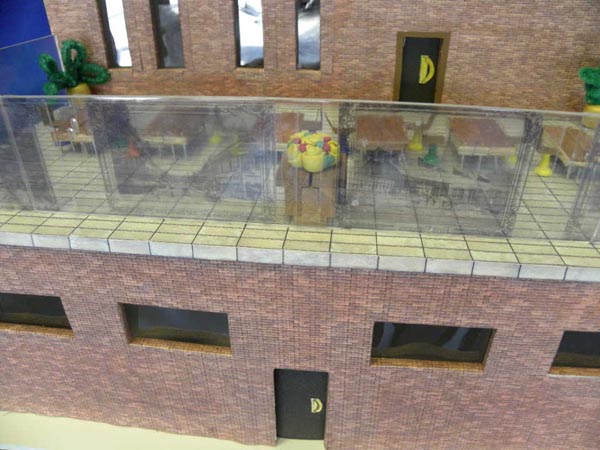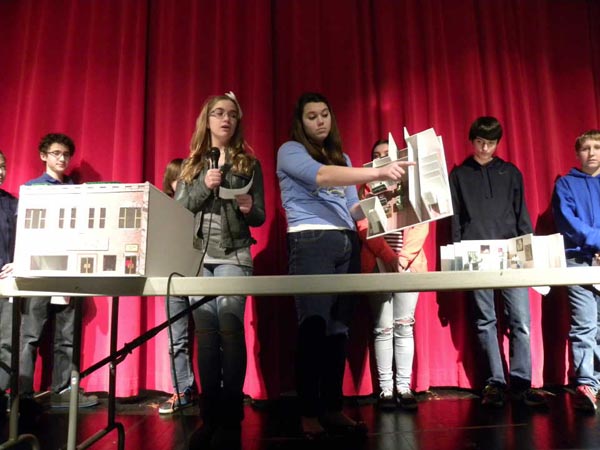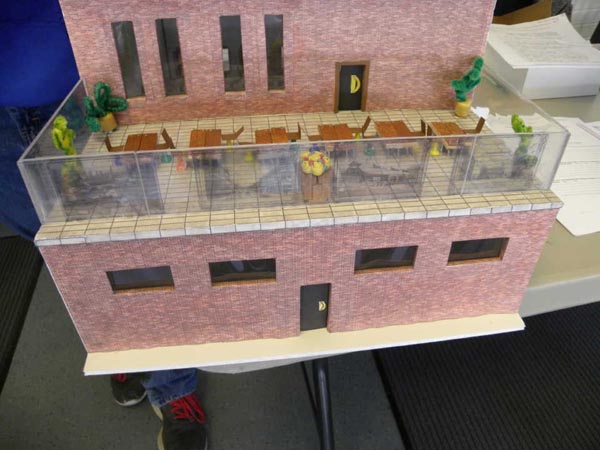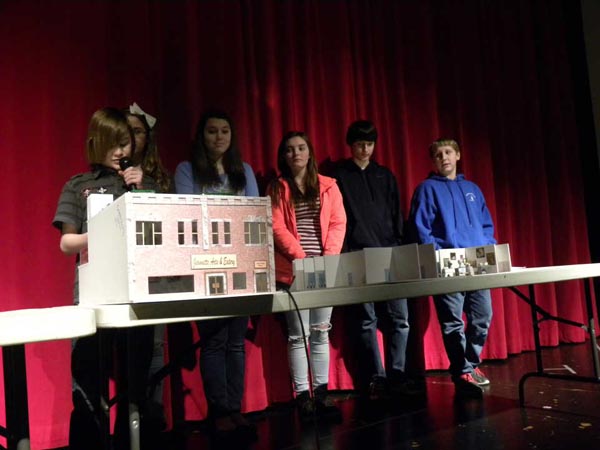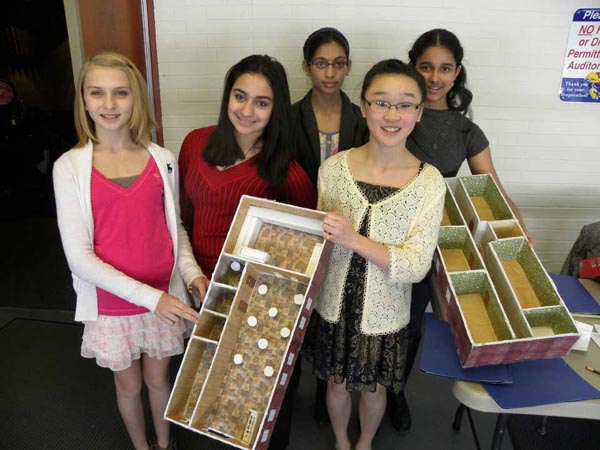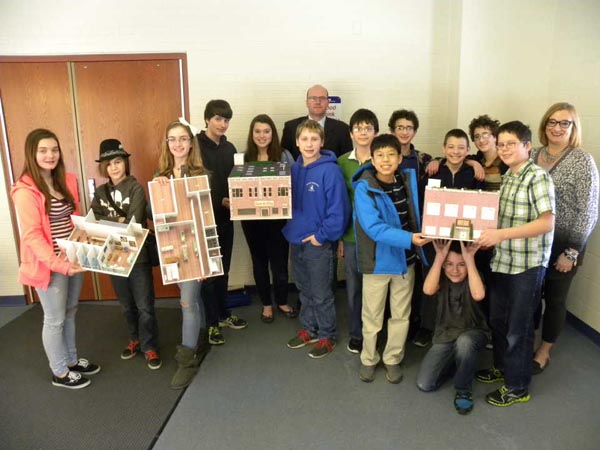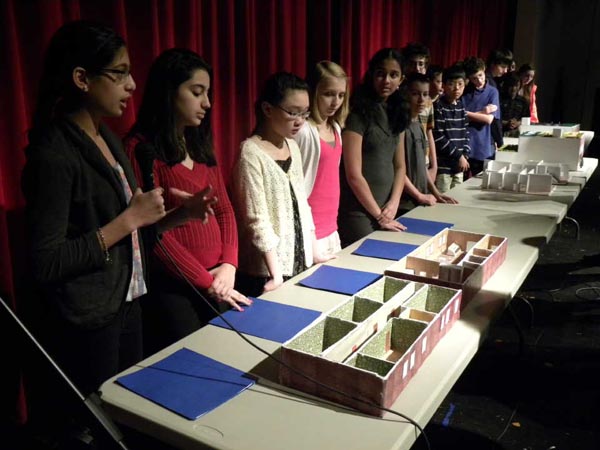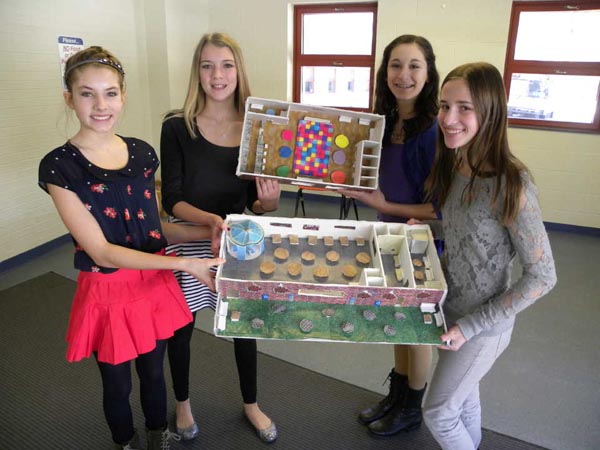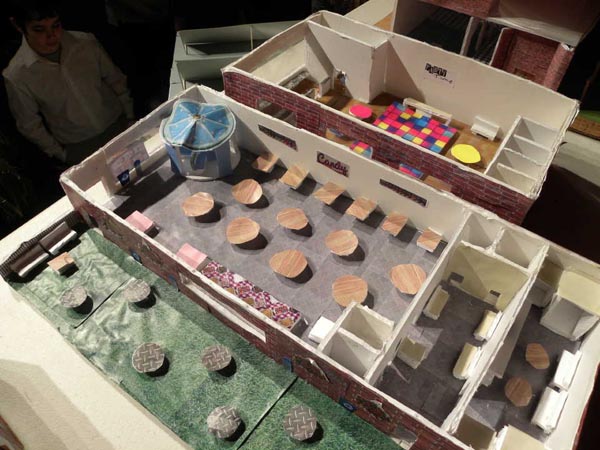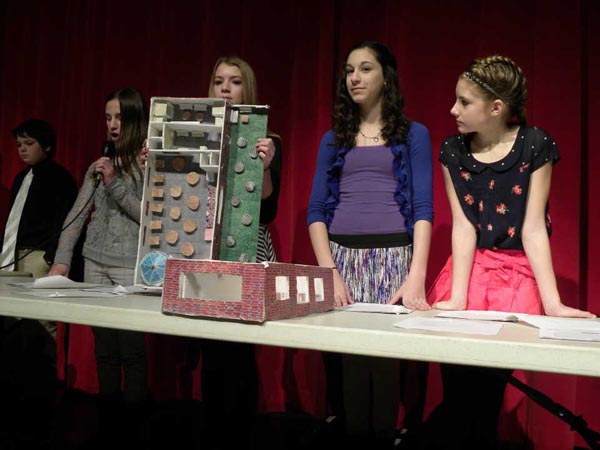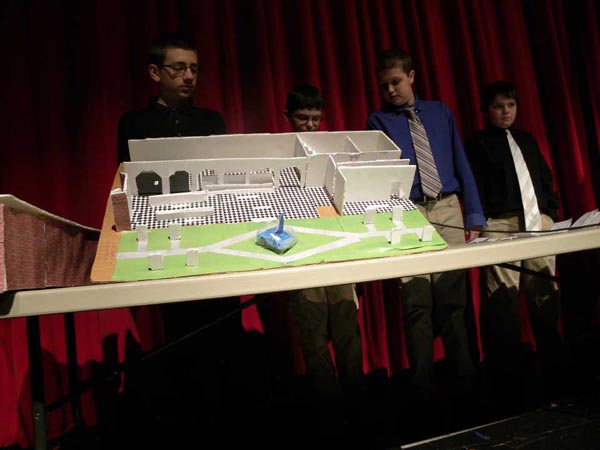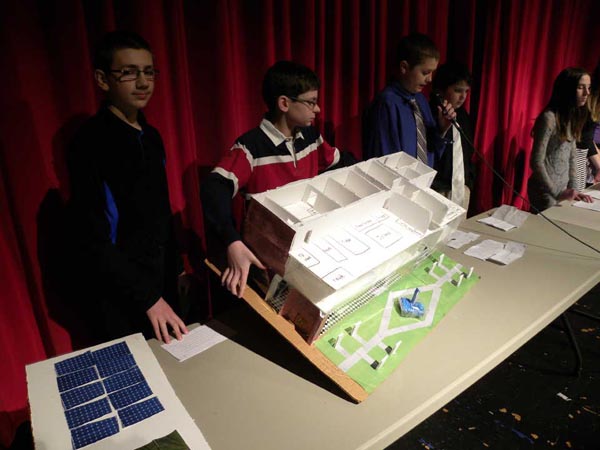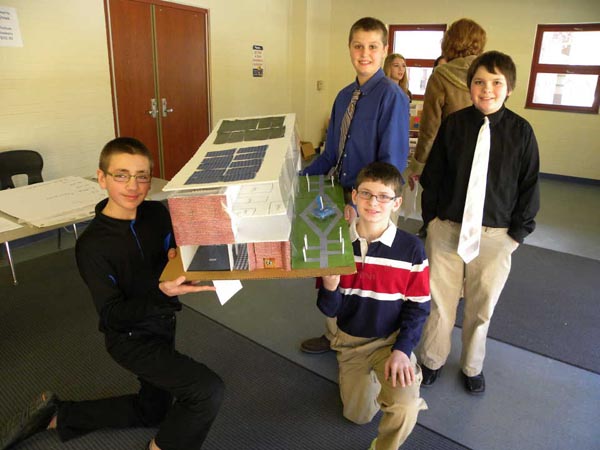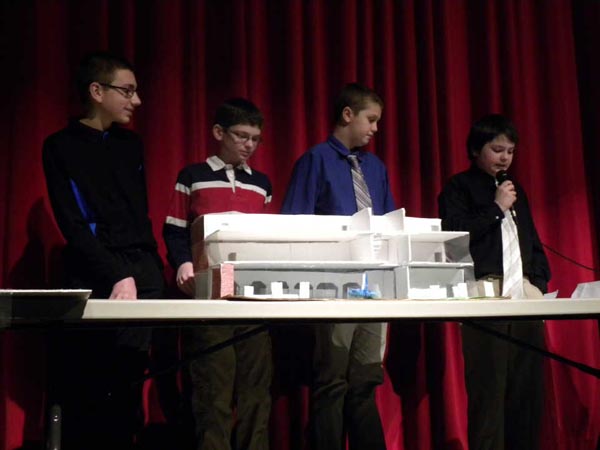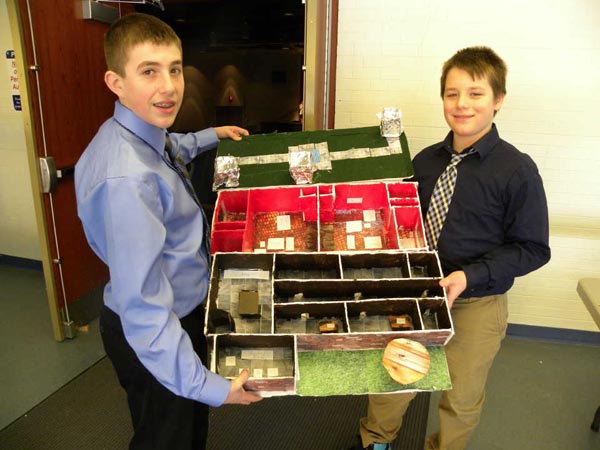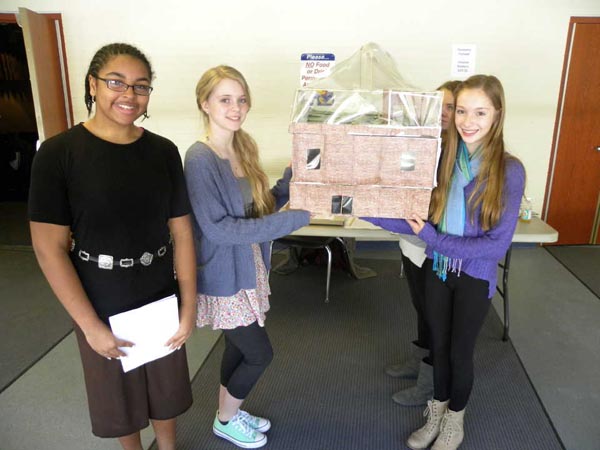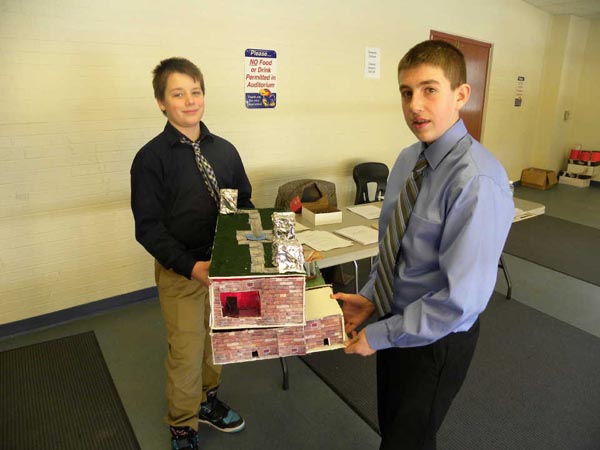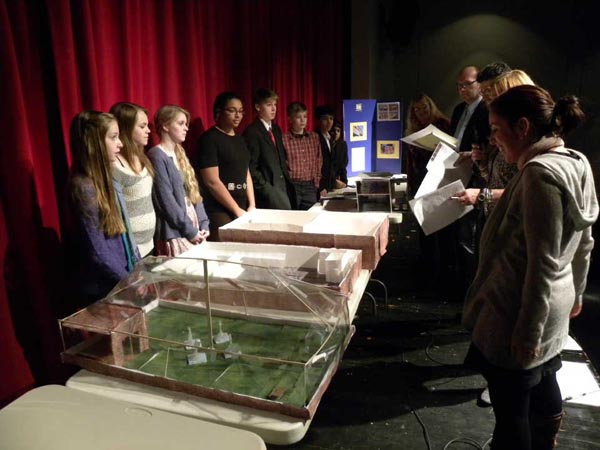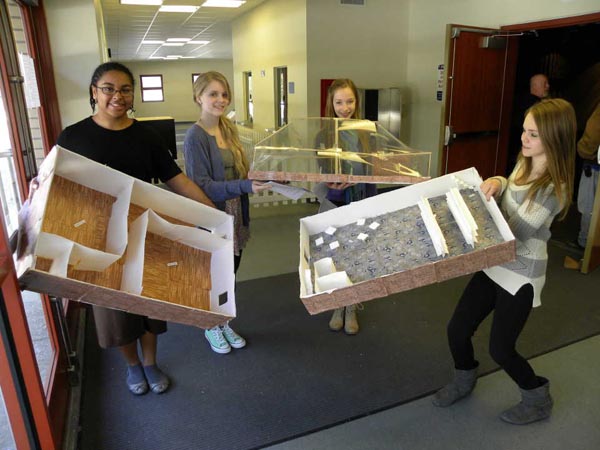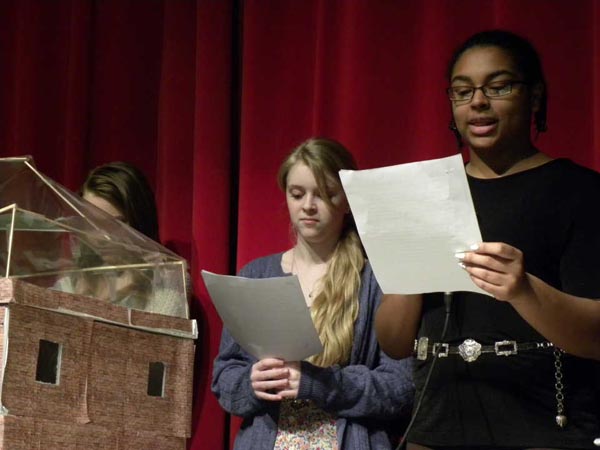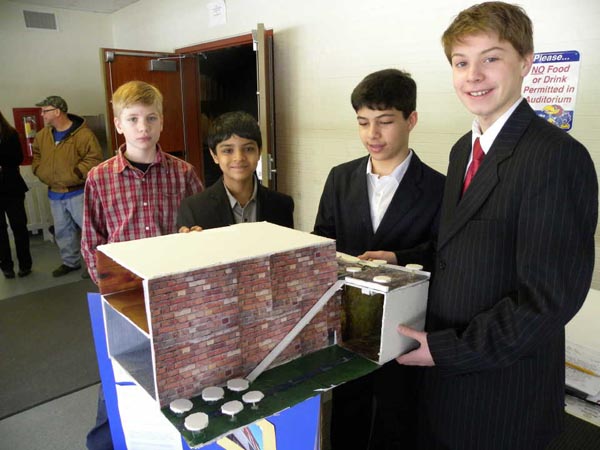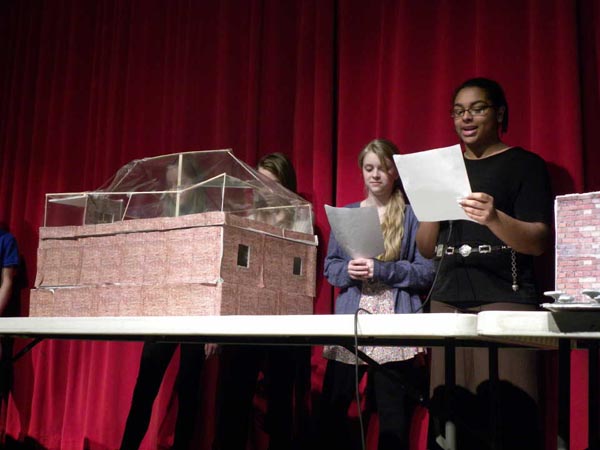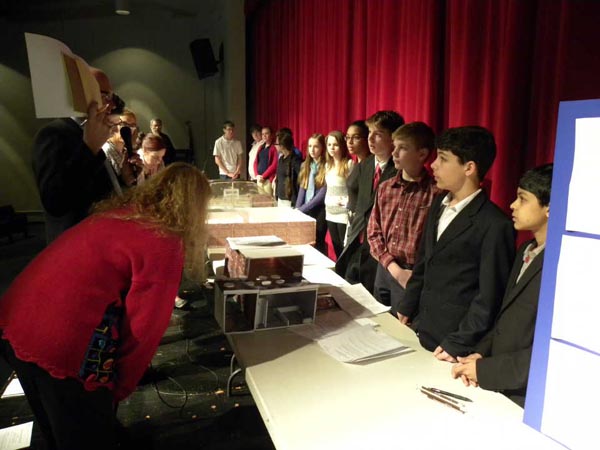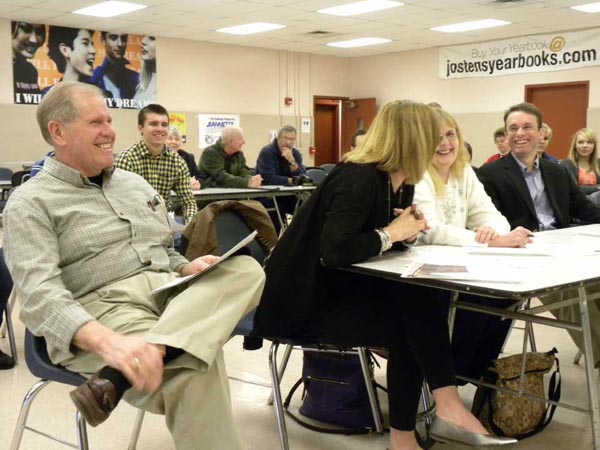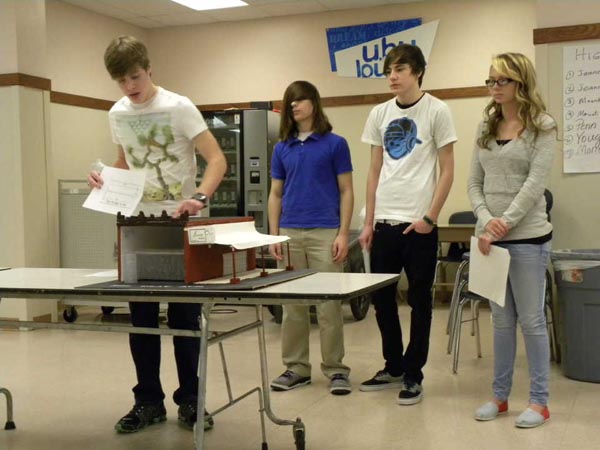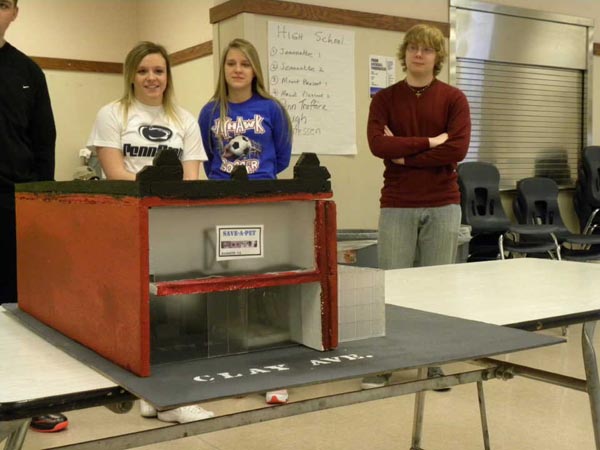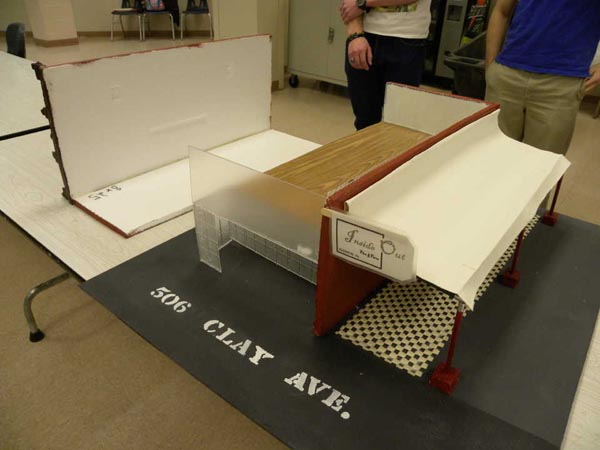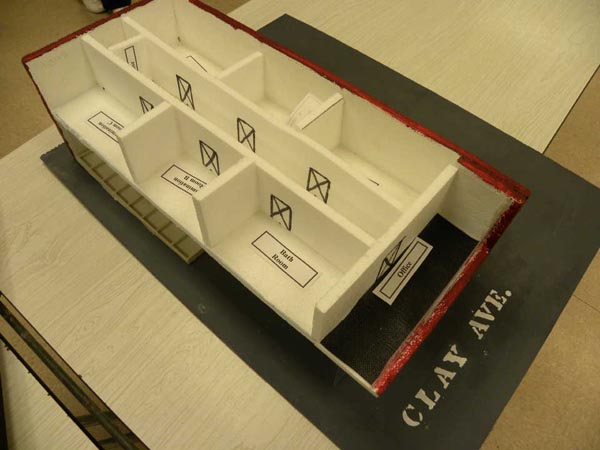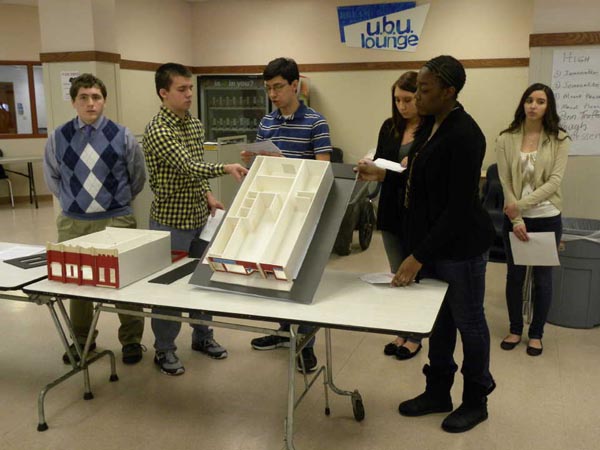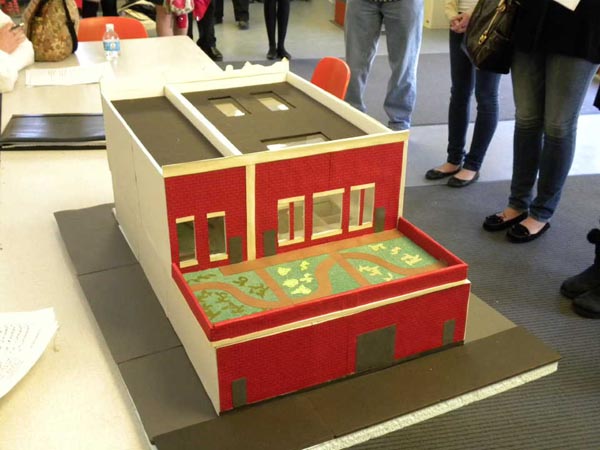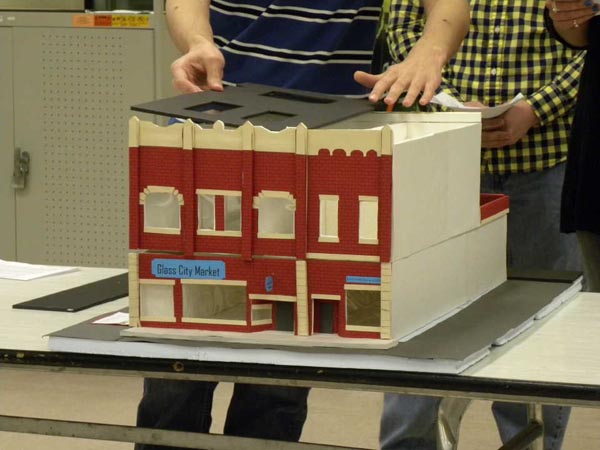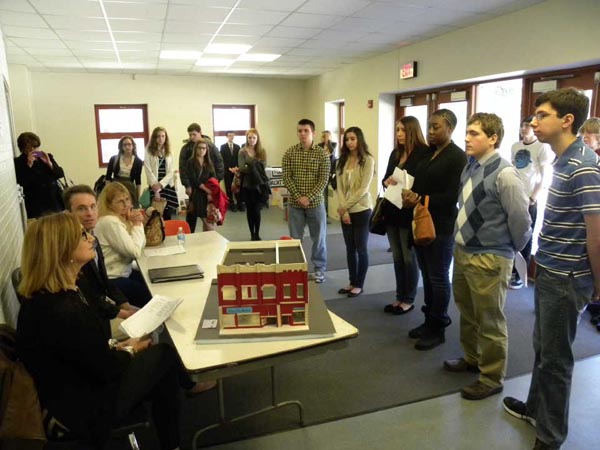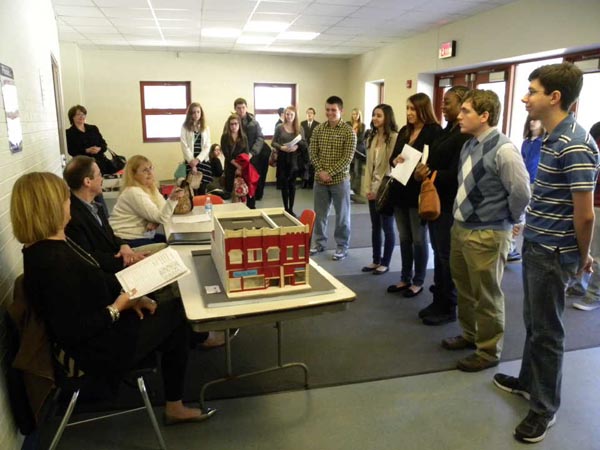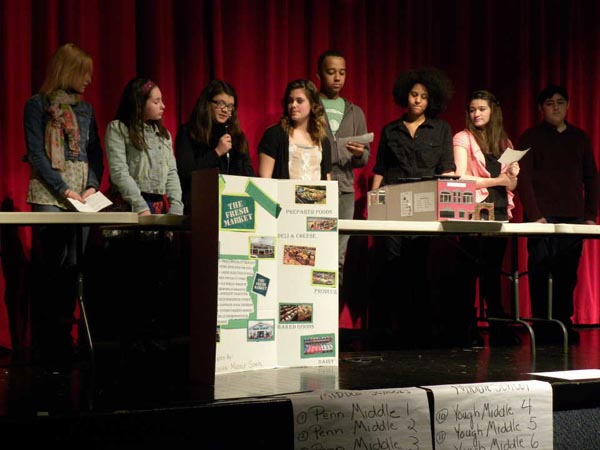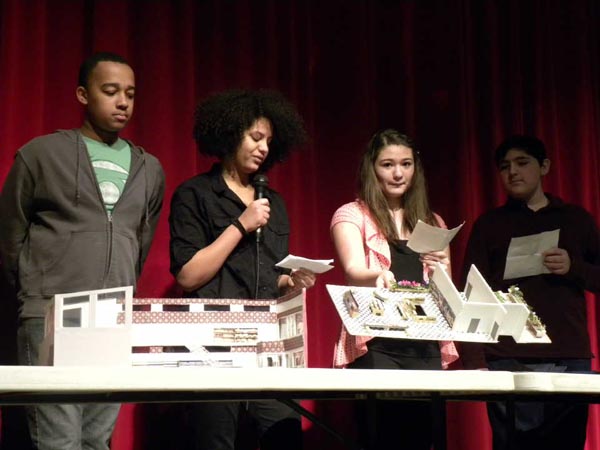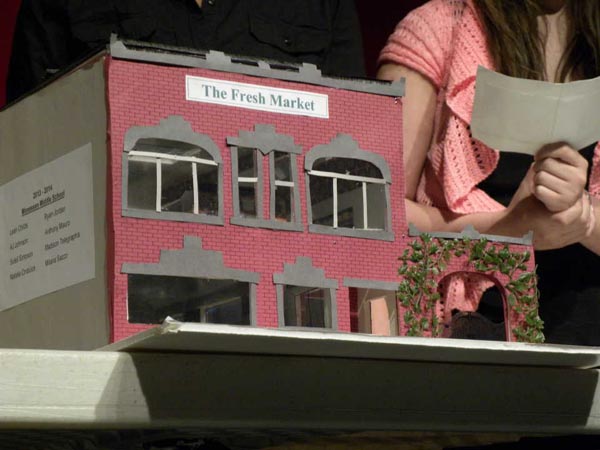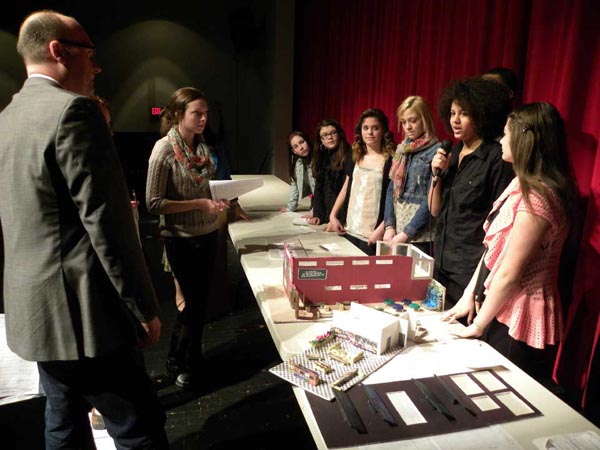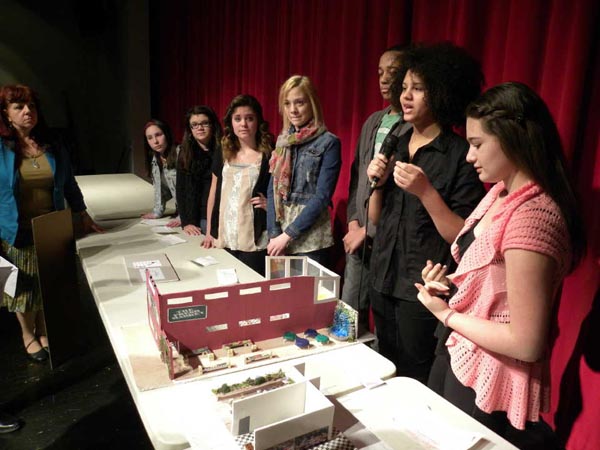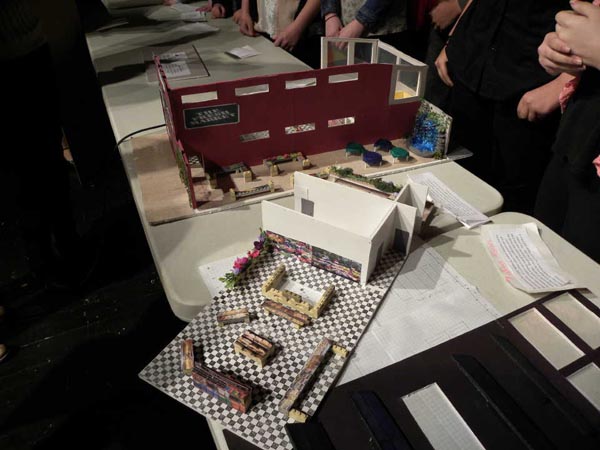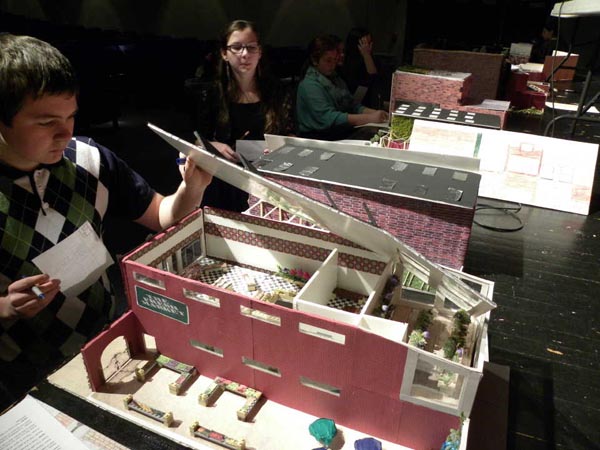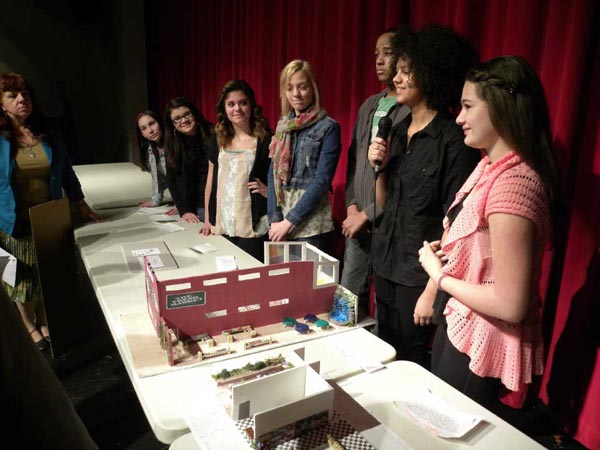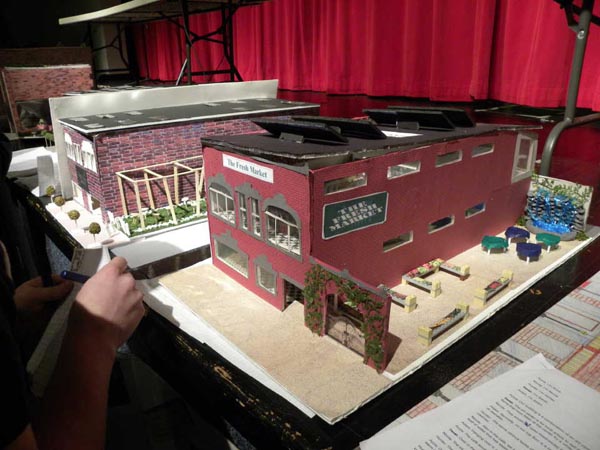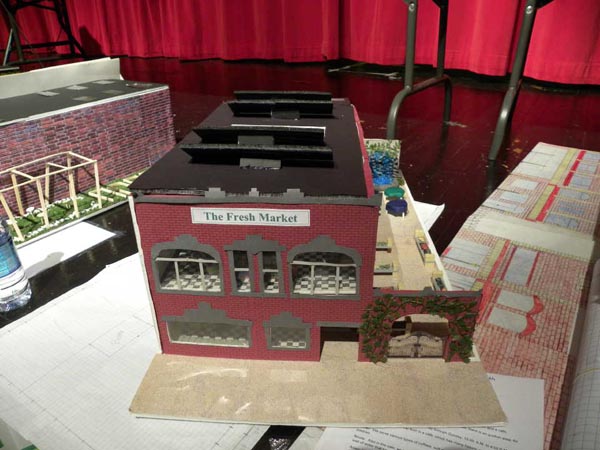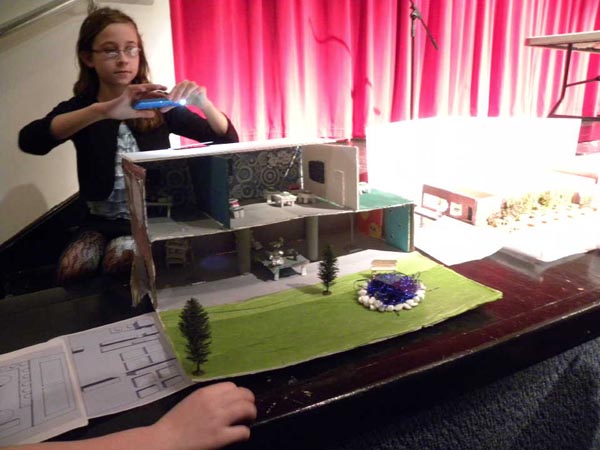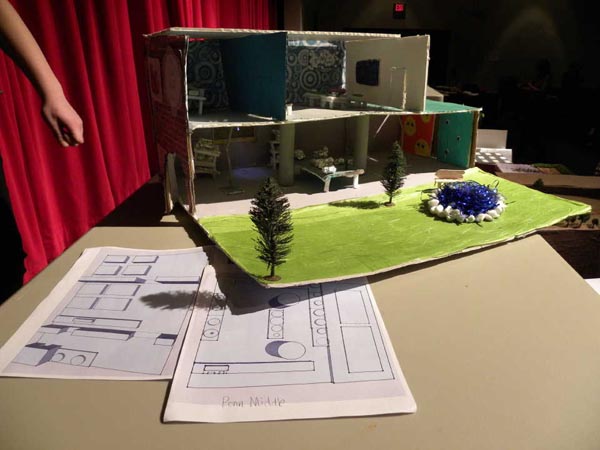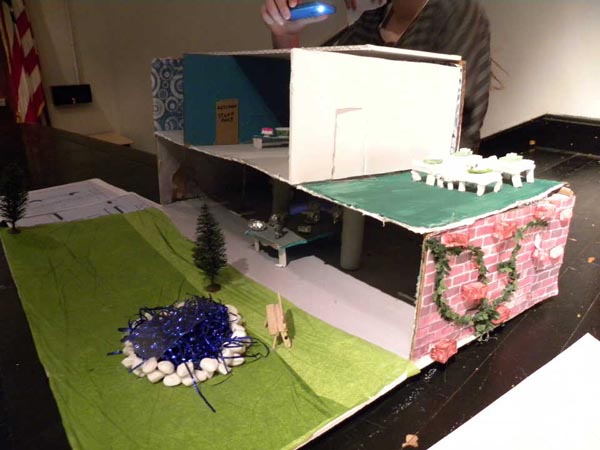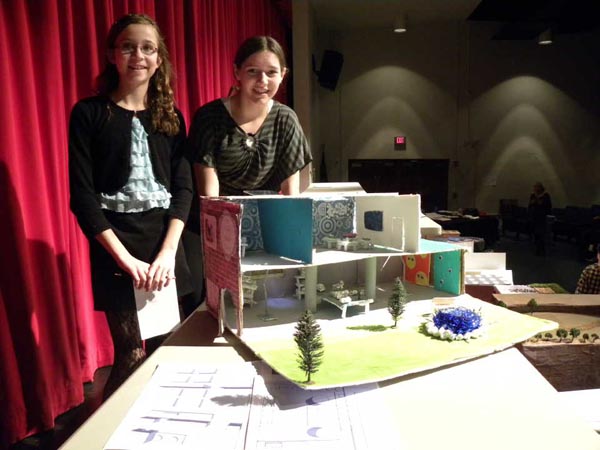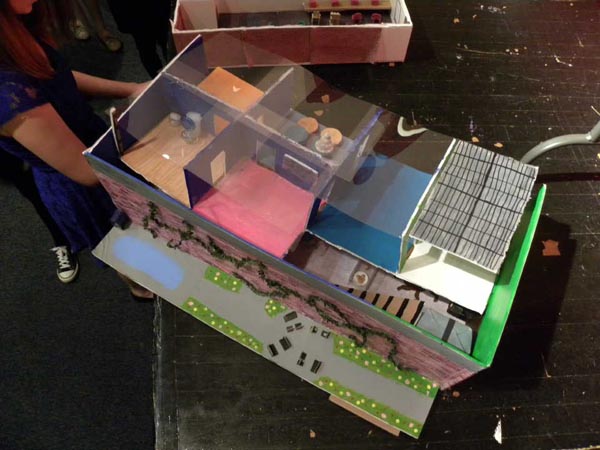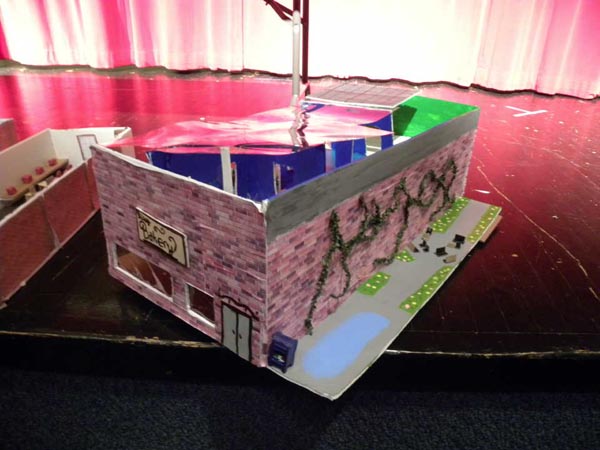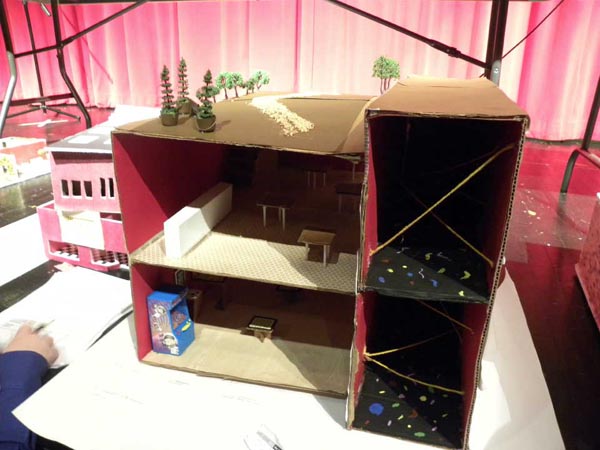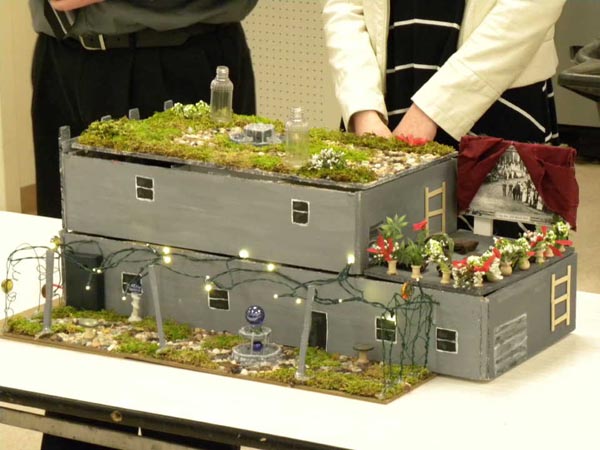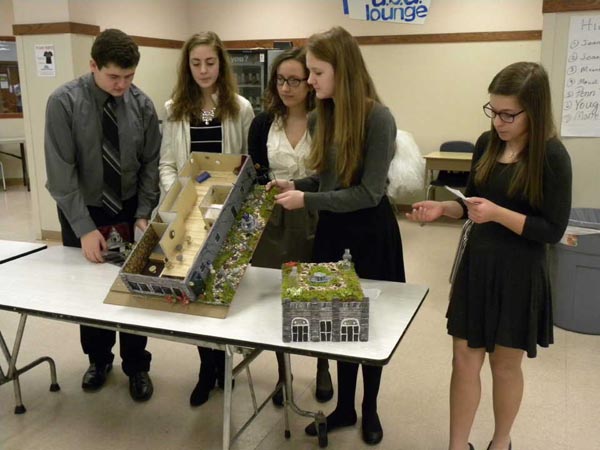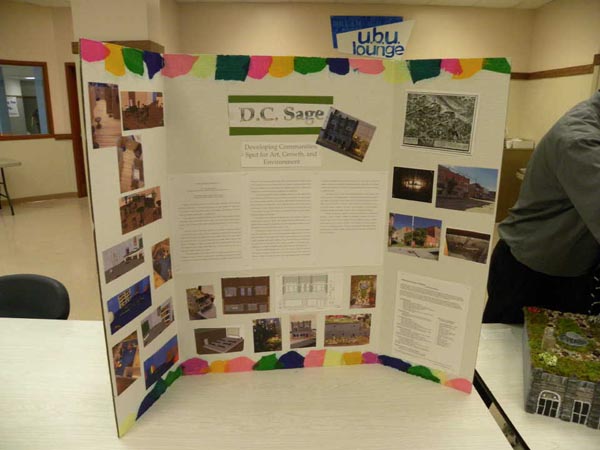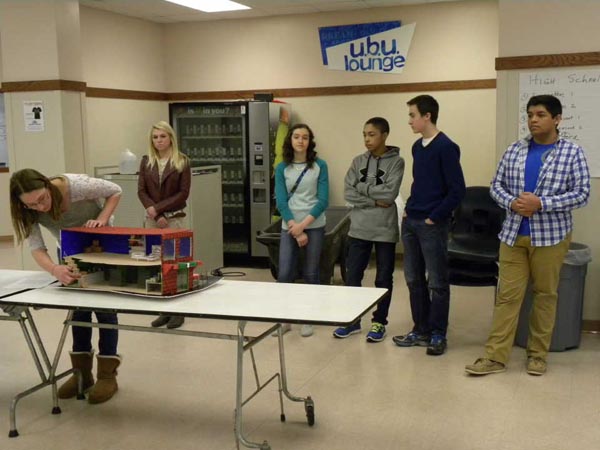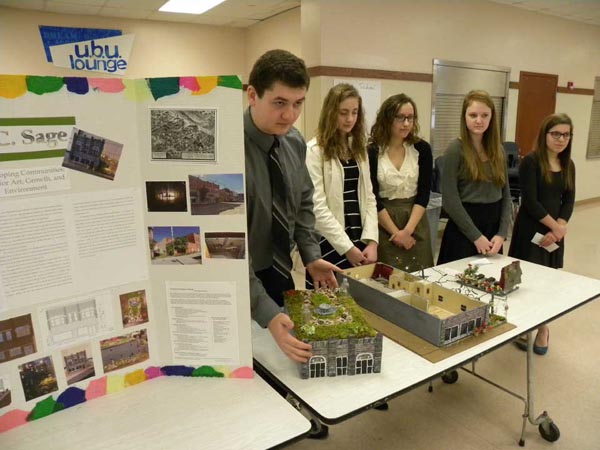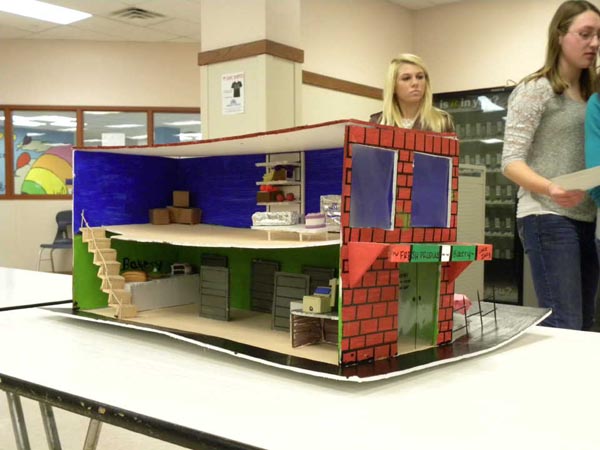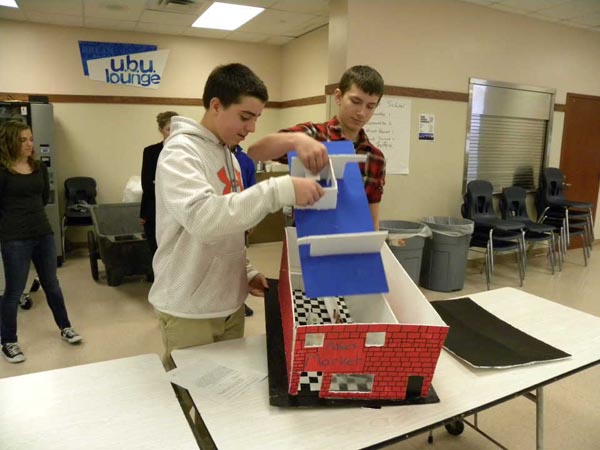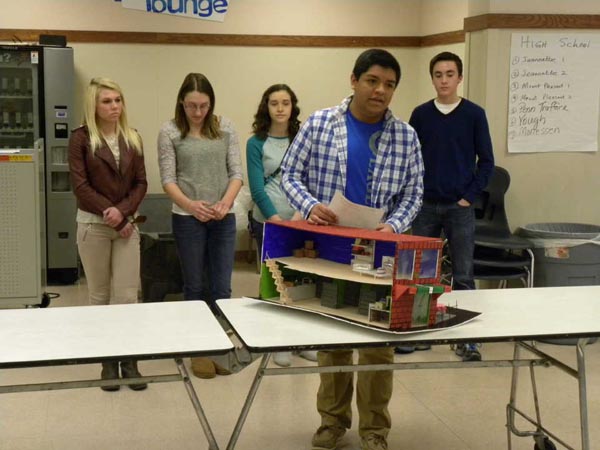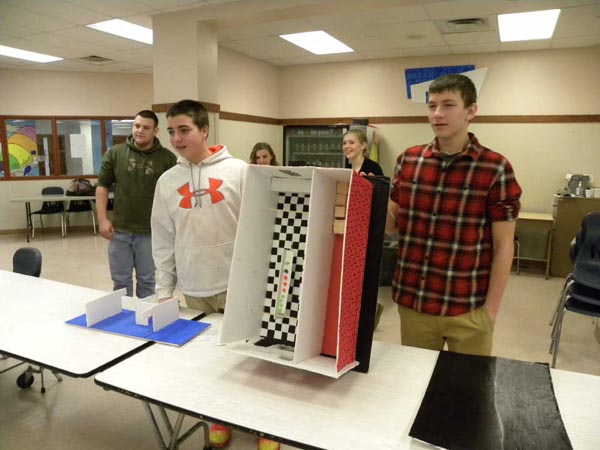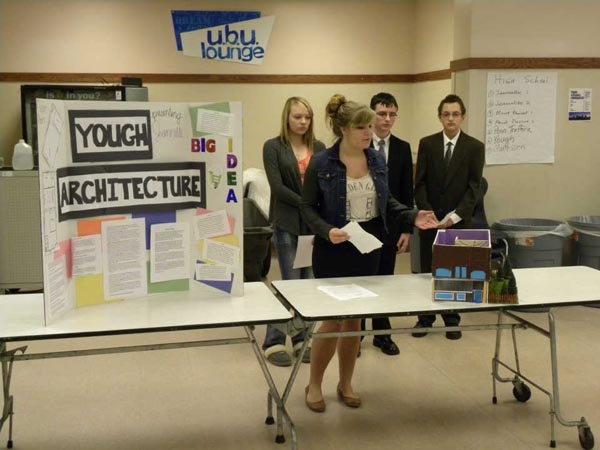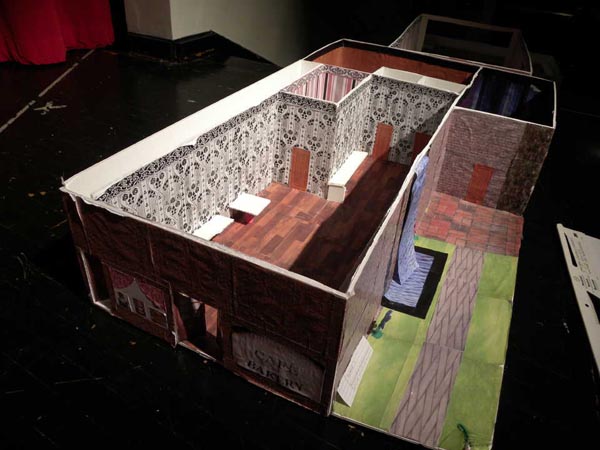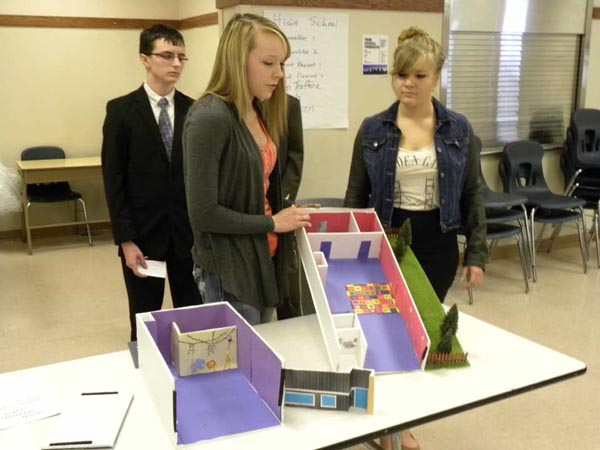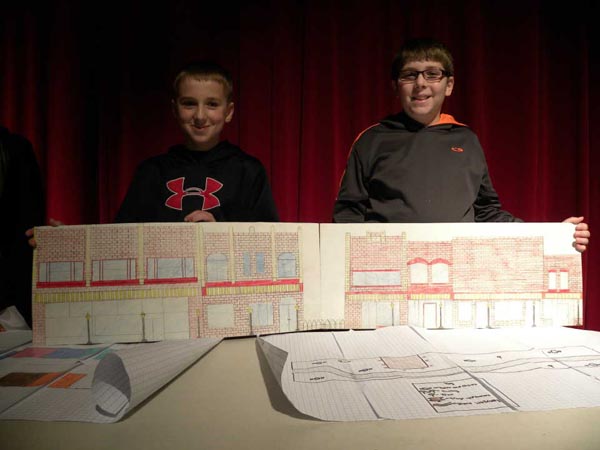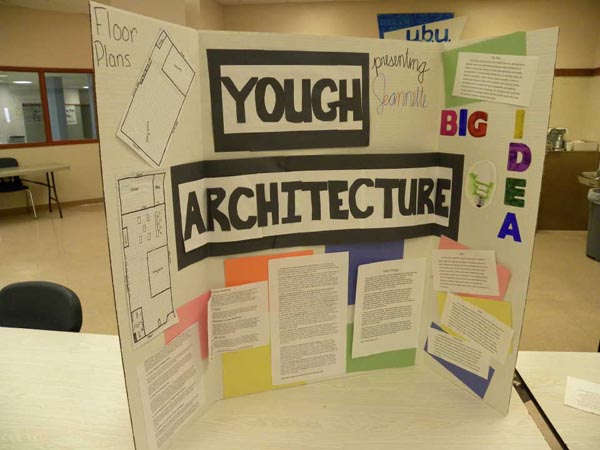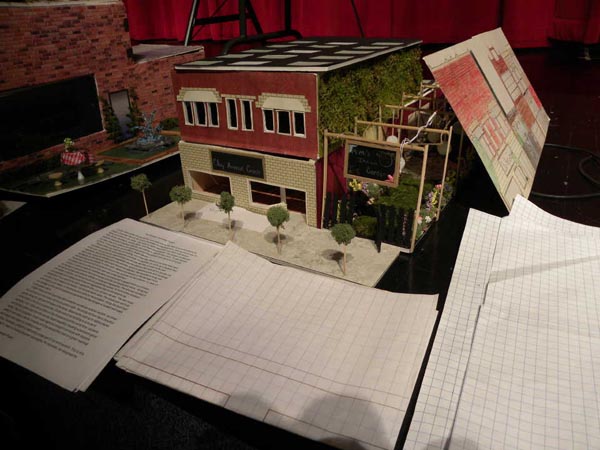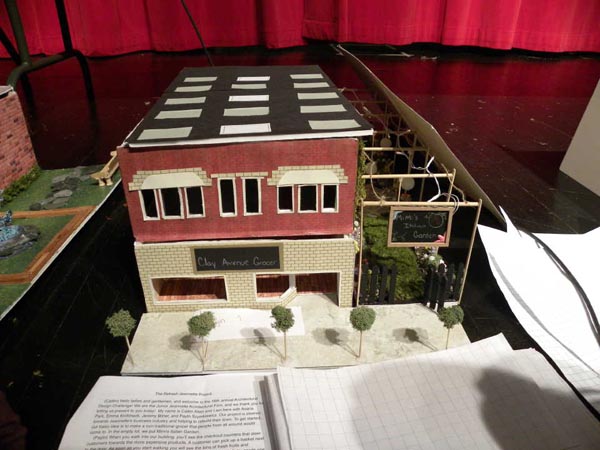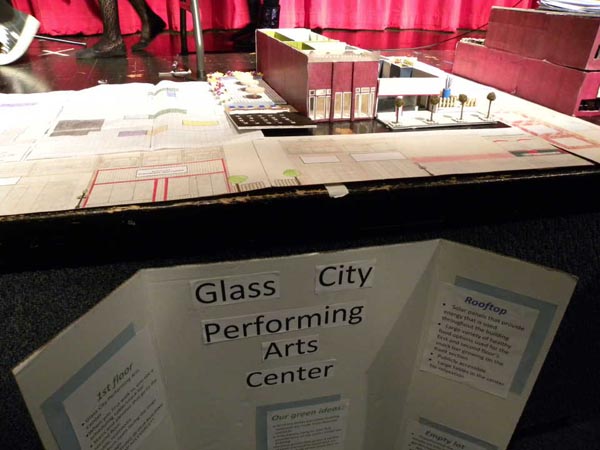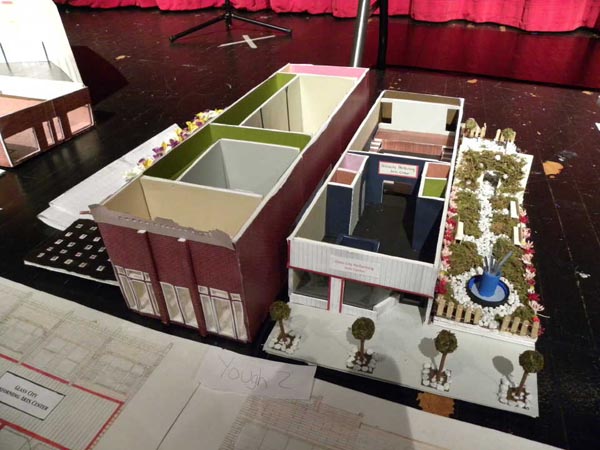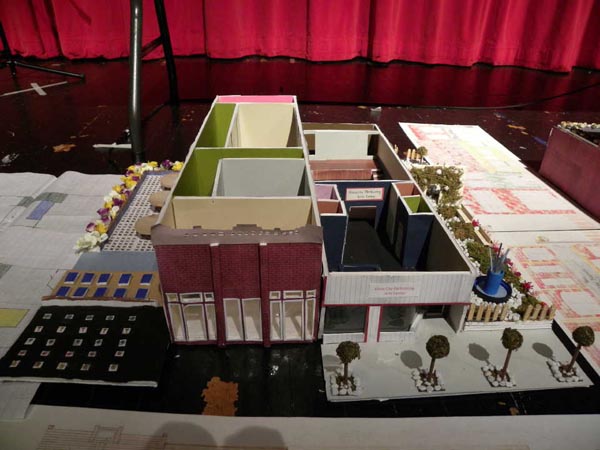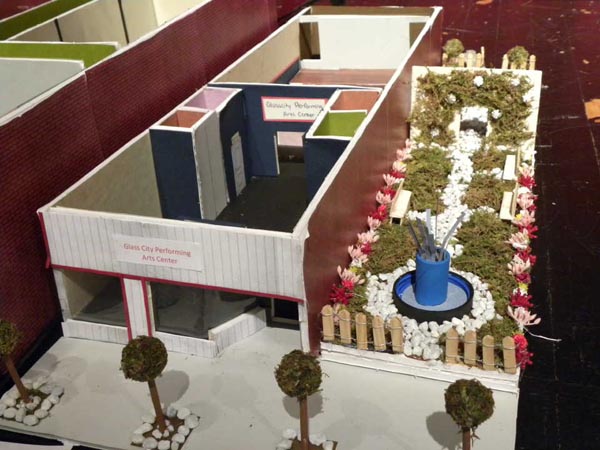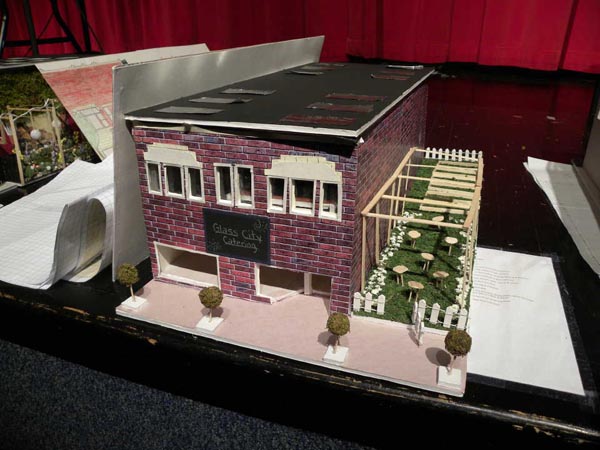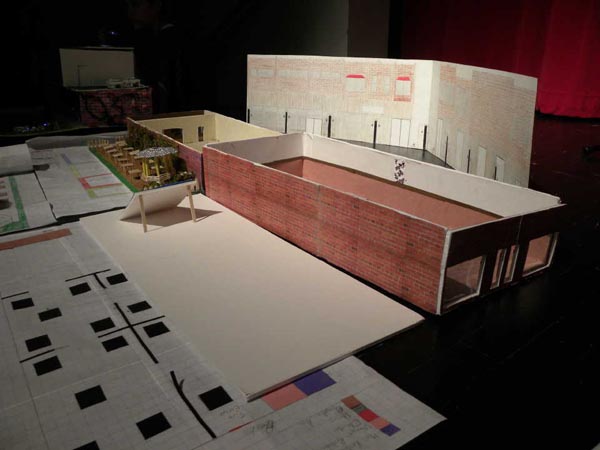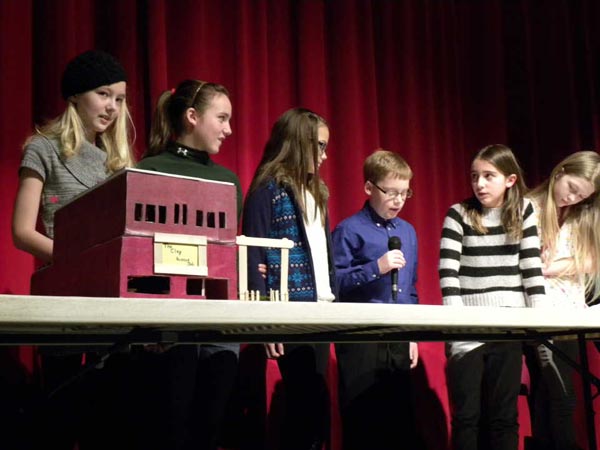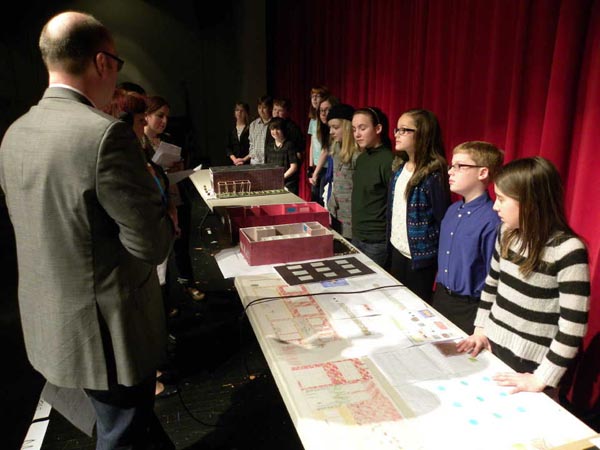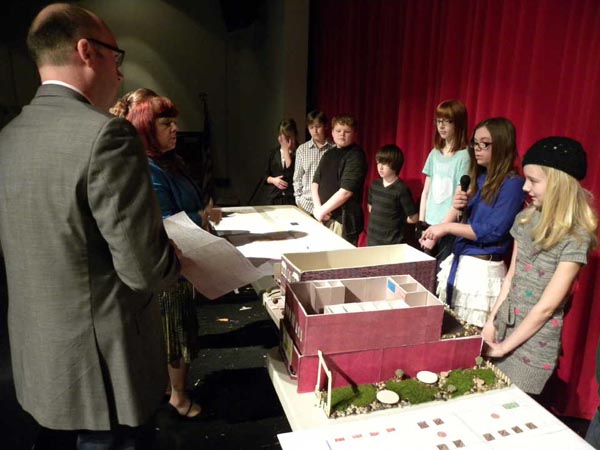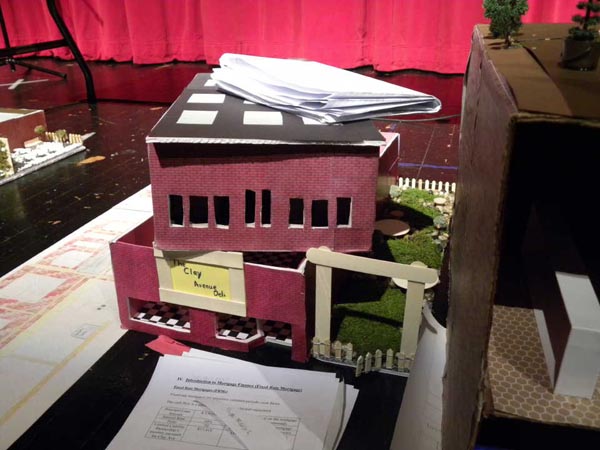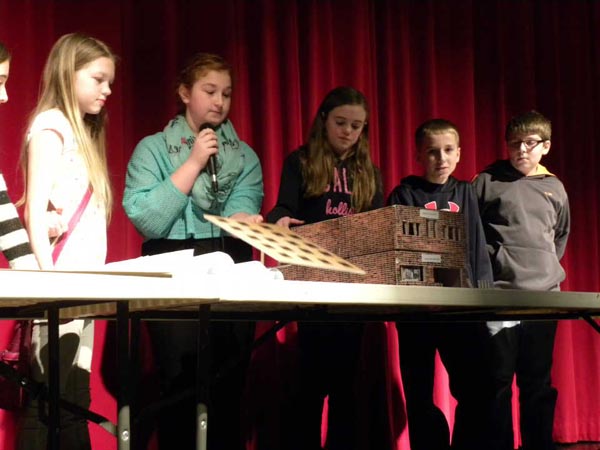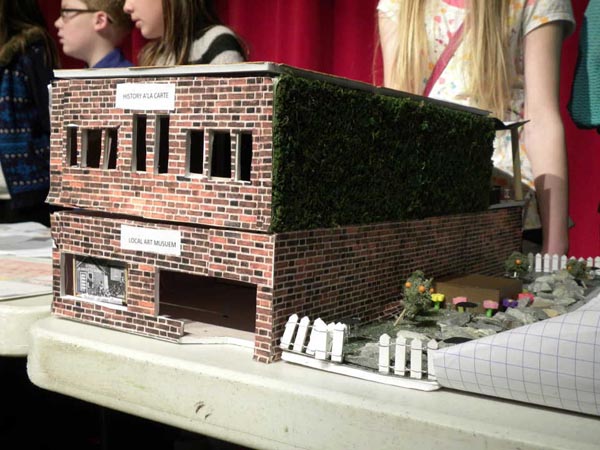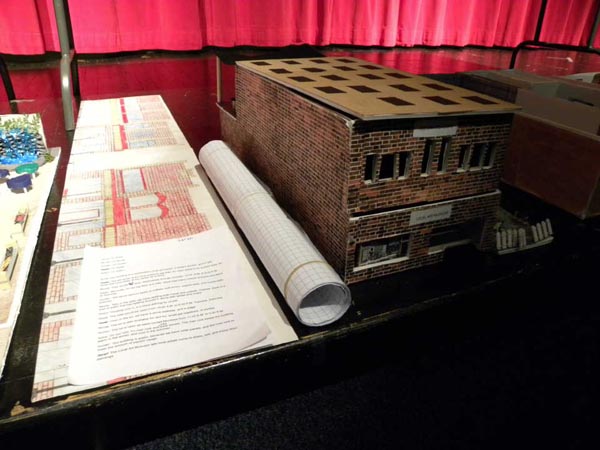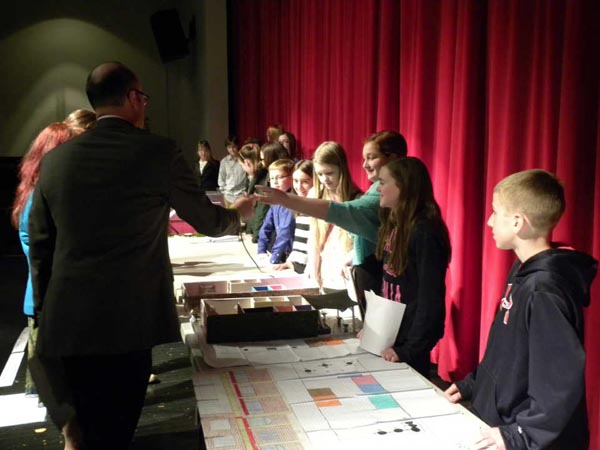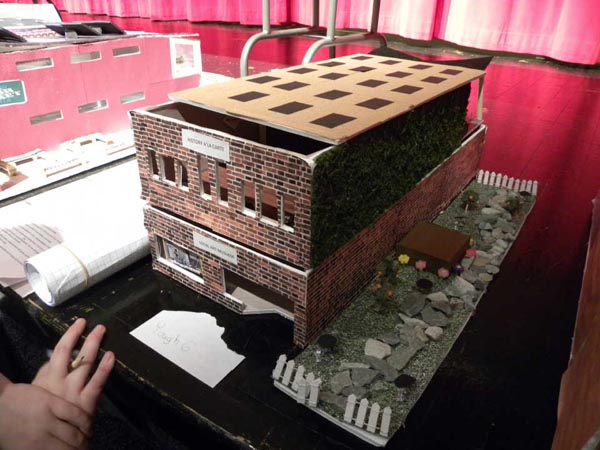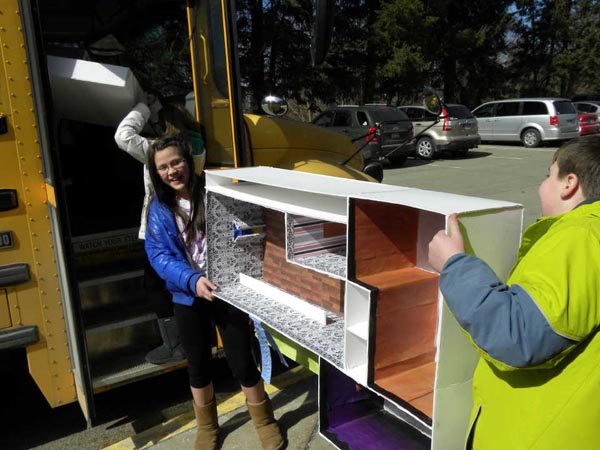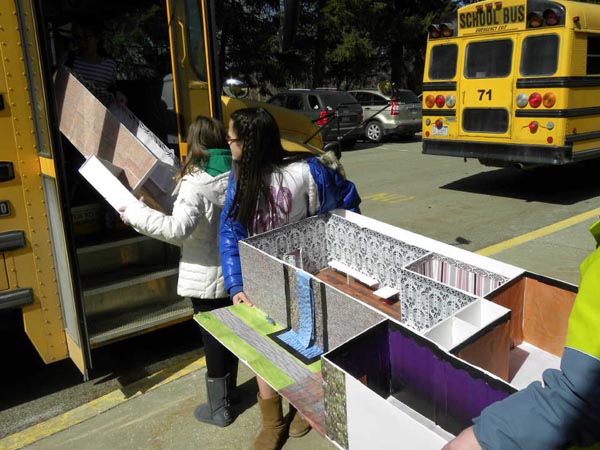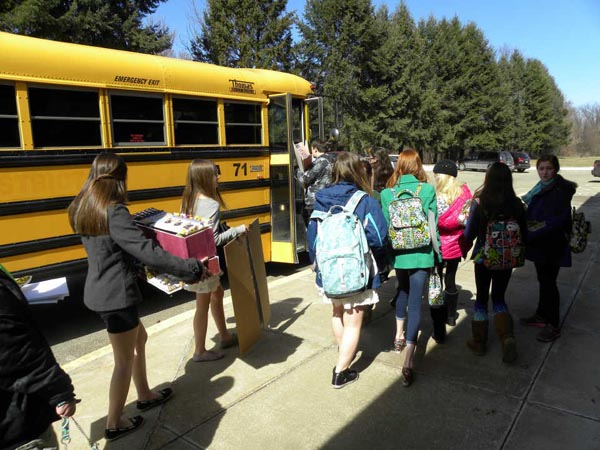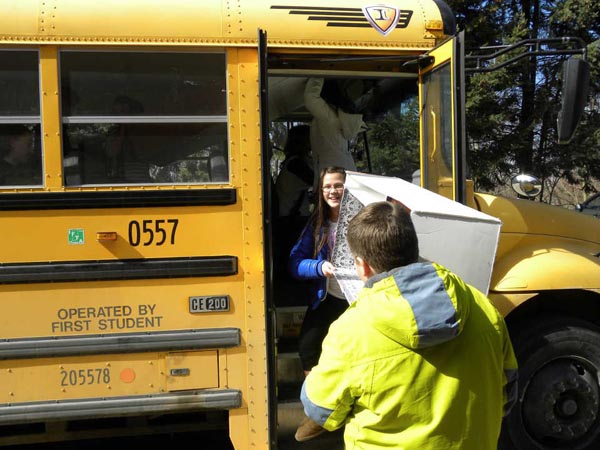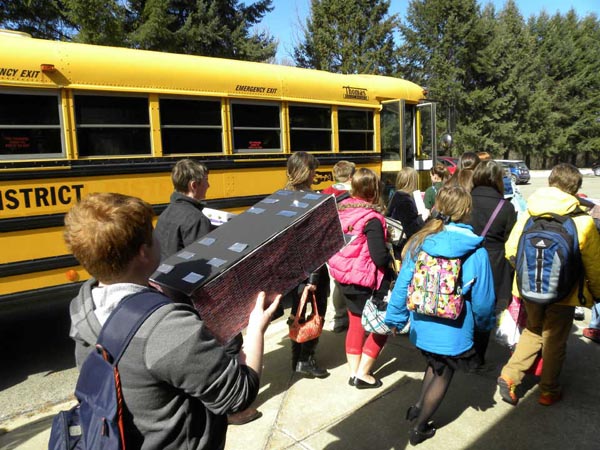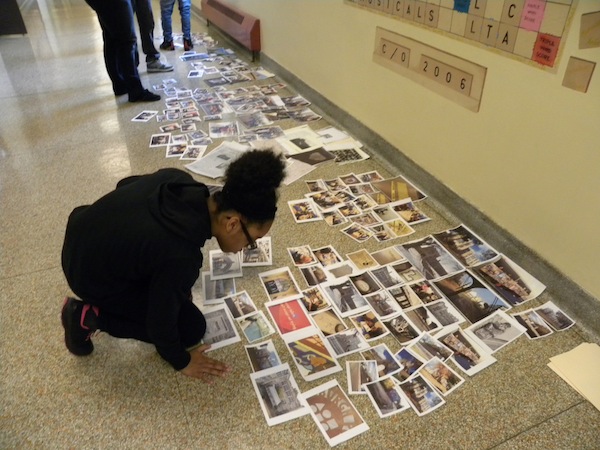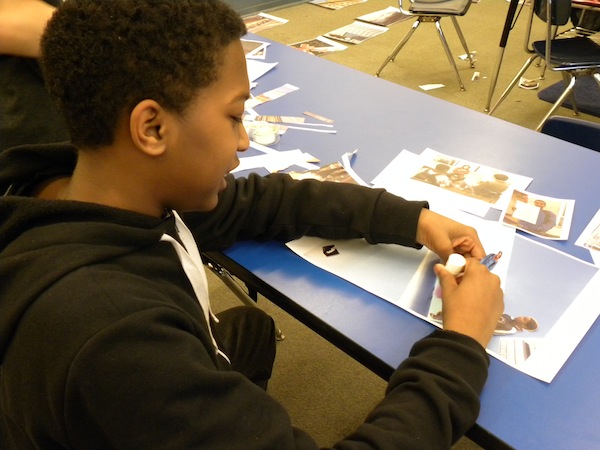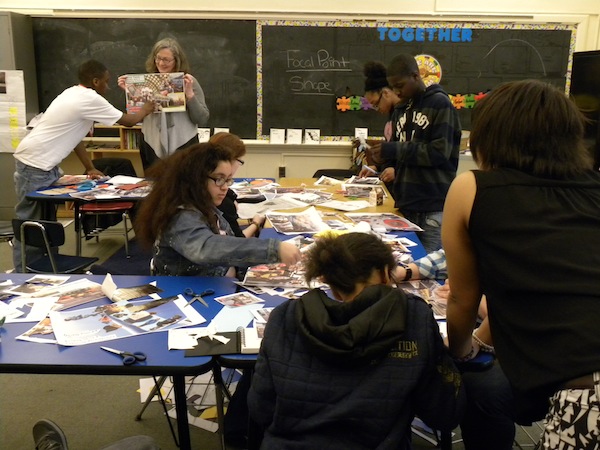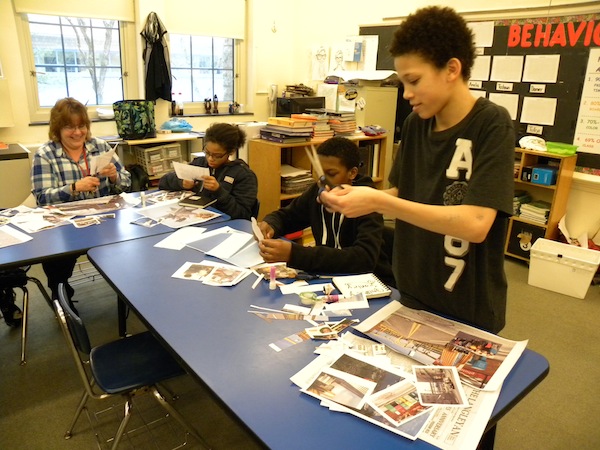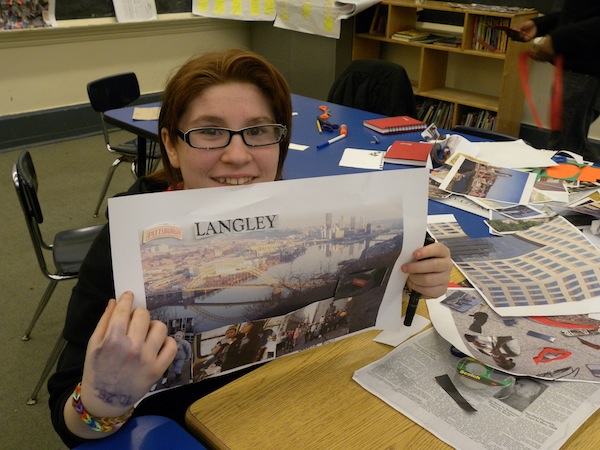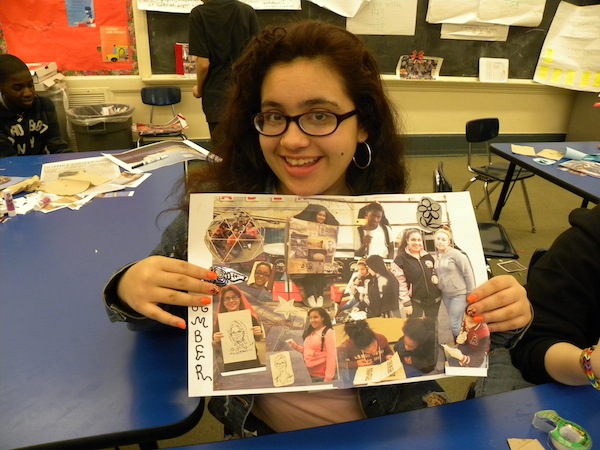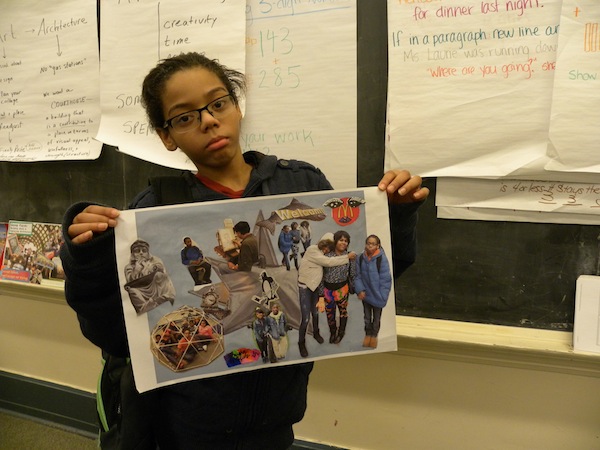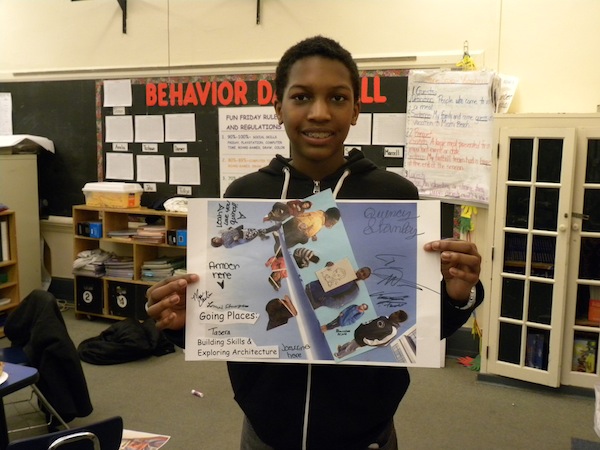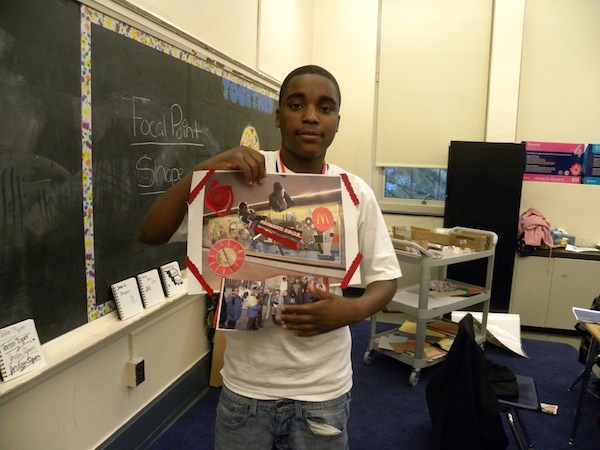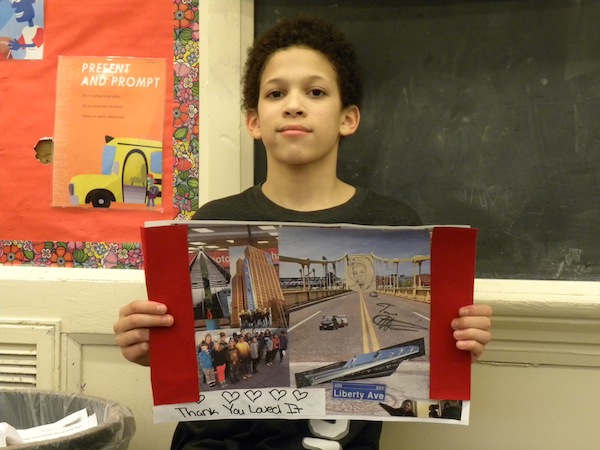
Latest News
-
Restoration of Roberts and Skinny Buildings Facades
Mayor William Peduto, and Arthur Ziegler, president of the Pittsburgh History & Landmarks Foundation, announced the exterior restoration of two additional historic buildings in Downtown.
The Roberts Jewelers and Skinny Buildings at the corner of Wood Street and Forbes Avenue are part of a $4 million grant of Redevelopment Assistance Capital Program, which has already funded the exterior restoration of eight other important historic Downtown buildings.
Completed so far:
• Fifth Wood Building (Kashi Jewelers and adjoining buildings at 445 Wood and 254 Fifth Avenue)
• Italian Sons and Daughter Building at Forbes and Wood Street
• Cast Iron front buildings at 418 to 422 Wood Street
• The Thompson Building, 435Market Street being developed by Landmarks Development Corporation, a subsidiary of PHLF. Ralph Falbo, Ernie and Julian Vallozzi, have entered into an agreement with Landmarks to develop a grocery store in the building that will open in early fall.
“These projects bring together much of what makes Pittsburgh great: government working hand-in-hand with outside partners like the PHLF, and the ability to preserve and celebrate our past while building for the future,” said Mayor Peduto.
The Urban Redevelopment Authority contracted with PHLF to administer the RACP including selecting architects, overseeing drawings and specs, taking bids, and providing construction management, in partnership with URA.
“I believe our government and preservationists working together to preserve the best historic blocks while providing ample space for new development to rise among them is unique among the cities in the United States,” said Mr. Ziegler.
Landmarks Design Associates is the architect and Waller Construction is the general contractor.
-
Thank You Interns
Three students from the University of Pittsburgh––Kristy Chen (Economics), Michael Hufnagel (Communications), and Danielle Doubet (Preservation/History)––volunteered at PHLF during the past several months. “We were pleased to get to know Kristy, Danielle, and Michael,” said Louise Sturgess, Executive Director of PHLF, “and thank them for all their help with our educational programs and research activities. Their enthusiasm, energy, and interest in local history and architecture inspire us and help us see the value of what we do everyday.”
Kristy helped especially with the Landmarks Scholarship Program; Michael made significant progress in creating a database of information from Construction Record; and Danielle assisted and led several school tours, served as a judge for the Architectural Design Challenge, and created two photo murals that first-grade students completed following their neighborhood walk with PHLF, among many other projects.
The students gained valuable experience through their volunteer internships with PHLF and have the following comments to share:
“I have truly loved interning for PHLF. It has been an inspirational experience, and I’ve truly enjoyed helping the staff. I am very grateful to have had such an opportunity.” ––Kristy Chen
“This internship with PHLF this semester opened my eyes to how special the City of Pittsburgh really is. I am originally from Philadelphia so I never knew much about Pittsburgh before this semester. PHLF has an extraordinarily large collection of artifacts and data mapping the history of Pittsburgh. Even as a Communications major at Pitt, I was able to appreciate and soak in all that PHLF has to offer. I am truly grateful to everyone at PHLF for allowing me this opportunity and leaving me with an experience I will never forget.” ––Michael Hufnagel
“Over the duration of 14 weeks at PHLF, I learned an abundance of information about Pittsburgh’s history, and I believe my knowledge will continue to grow. As an intern, I could not have asked for a better role model to assist than Louise Sturgess. She is a truly remarkable woman with an overflow of knowledge that has inspired me in more ways than one. Her diligence, organization, and passion for Pittsburgh’s history taught me valuable skills that I will carry with me throughout my professional career.
“Two notable experiences, leading a tour for fifth-grade students in the Poetry and Art program and being a judge in a middle school Architectural Design Challenge, particularly stood out to me. These experiences were memorable moments because they opened my eyes to the impact PHLF has on the younger generation. It is extremely important to build pride in one’s city and neighborhood in order to evoke inspiration in individuals to actively engage in the betterment of their communities.
“Before interning at PHLF, I was not aware of the educational approach to spread awareness of history and preservation. I can now add this experience to the various exposures I have had the privilege of acquiring over my four years at the University of Pittsburgh. I am certain I will continue to share my knowledge of history and buildings in order to gain support for improving communities––and for helping children develop a sense of belonging.
“A special thanks to the PHLF staff for inspiring me and granting me such a wonderful experience!” ––Danielle Doubet
-
A Note on the Fate of the Former Penn-Lincoln Hotel Building
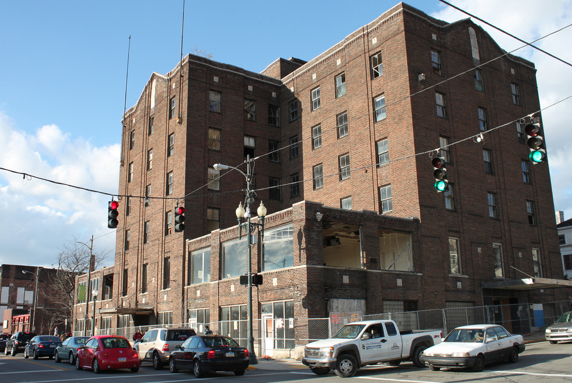 In a few weeks the former Penn Lincoln Hotel Building on Penn Avenue in Wilkinsburg will be demolished. PHLF was among a group that made concerted efforts on various occasions to try and save and restore the building, but costs, coupled with a lack of market and the building’s deteriorating condition, resulted in this decision.
In a few weeks the former Penn Lincoln Hotel Building on Penn Avenue in Wilkinsburg will be demolished. PHLF was among a group that made concerted efforts on various occasions to try and save and restore the building, but costs, coupled with a lack of market and the building’s deteriorating condition, resulted in this decision.The downward spiral started many years ago when the hotel closed. In its heyday, the hotel served guests who disembarked from the Pennsylvania Railroad when it stopped at the former Wilkinsburg Railroad Station on runs between New York and Chicago. State Route 30—the Lincoln Highway—followed Penn Avenue connecting Pittsburgh and New York by motorcar. The Penn-Lincoln Hotel sat at the junction of these two important early transportation routes.
Architectural Historian Jamie Van Trump called Benno Janssen (1874-1964), the architect of the Penn-Lincoln, “the most talented of Pittsburgh eclectic architects of the earlier twentieth century.” The Kaufmann’s Department Store addition at Fifth and Smithfield, the William Penn Hotel, the E. J. Kaufmann house in Fox Chapel, and the Mellon Institute are among his many distinguished buildings. Janssen designed five hotel buildings between 1909 and 1929.
The Penn-Lincoln (1926-27) was a six-story brick building that advertised itself as “Pittsburgh’s Most Modern Suburban Hotel.” The simple facade was enlivened with 12 outside iron lamps designed by acclaimed metalsmith Samuel Yellin of Philadelphia (the lamps are gone but blueprints are on file in the Yellin Collection at the University of Pennsylvania Architectural Archives); cast ornaments of cupids, ram’s heads, and rampant lions remain on the facade.
For some years, the former hotel served as an apartment building, but it could not be well maintained. A partnership consisting of Deliverance, Inc., a faith-based group led by Reverend Michael Golphin, eventually acquired the building and PHLF loaned $135,000 to Deliverance to begin development of the property, but costs were too great.
Allegheny County then contracted with our organization to analyze restoration costs and possible uses for the building. But because the building had deteriorated, bricks were beginning to fall, environmental remediation proved to be expensive, and the reconstruction costs were very high. What is more, we could not find a market for the redevelopment of the building in the Wilkinsburg area even though we considered various forms of housing, retail, offices, mixed use, and single use.
Ultimately, everyone concerned agreed that the building had dangerously deteriorated and public officials in Wilkinsburg, the community, members of the Community Development Corporation, our organization, and the County agreed there was no restoration solution.
However, all parties will work together to rebuild this strategic corner with a new building in scale and design that will enhance the historic Penn Avenue Main Street. We are trying to secure an anchor tenant now. Adjacent parking will be available.
As part of the mitigation for the removal of the building, many of the sculptural artifacts embedded in the structure will be saved and relocated to public parks and community gardens in Wilkinsburg. In addition we are preparing a nomination of the Penn Avenue-Wood Street business area for addition as a historic district to the National Register of Historic Places.
The Wilkinsburg CDC, under Tracy Evans’ leadership, has been achieving good results with the Main Street businesses and historic buildings, and our organizations, together with Allegheny County, are seeking funds to begin a clean up and undertake exterior restoration of the former Wilkinsburg Railroad Station. We hope we will have positive news to report later this year.
-
150 Students Propose Solutions for Vacant Lot in Jeannette, PA
“Now in its eighteenth year, PHLF’s annual Architectural Design Challenge continues to amaze and inspire community members, architects, city planners, and our staff,” said Karen Cahall, Education Coordinator at PHLF.
This March 6 and 7, twenty-seven middle school teams and seven high school teams from various schools in Westmoreland County described their visions for renovating a two-story brick building at 506-08 Clay Avenue in Jeannette, PA and an adjacent vacant lot at 510 Clay Avenue. Team members spoke eloquently about their design concepts and displayed intricately crafted models, and in some cases poster-boards and hand-drawn elevations. More than 150 students participated and everyone devoted months of time brainstorming, researching, designing, and preparing their team presentations. PHLF thanks Jeannette High School for allowing the presentations to take place in the school auditorium and cafeteria.
Below is a gallery of 80 photos showing models presented by fourteen middle school teams from Westmoreland County Schools on March 6, 2014.
Below is a gallery of 65 photos showing models presented on March 7, 2014 by seven high school teams and thirteen middle school teams, all from Westmoreland County.
We thank the following judges for thoughtfully critiquing the students’ work and for awarding prizes: Carl Bolton of Carlton Bolton Design LLC; Barbara Ciampini, planning director for Greensburg; Danielle Doubet from the University of Pittsburgh’s Architectural Studies program; Steven Gifford of the Greensburg Community Development Corporation; Roger Hartung of IKM Inc.; Margie Hudson and Cathey Means of the Jeannette Area Historical Society; and Kelley Stroup, historic preservation consultant. Cinda Maxwell, the Gifted Support Teacher from Monessen High School, worked closely with PHLF staff to coordinate the 18th Annual Architectural Design Challenge.High school student concepts for 506-508 Clay Avenue and the adjacent vacant lot included the following: flea market; pet rescue agency; grocery store (3); community center; and childcare center.
Middle school teams suggested the following uses for the building and vacant lot: grocery store (7); toy store with a café; bakery; arcade and laser tag facility; community center (3); performing arts center; unique food market with accompanying art gallery; catering; deli and accompanying office building; art museum (3); fitness center; apartments; ice cream and candy shop; extension of an already existing business (Mimi’s); restaurant; glass center museum; and cinema and arcade.
Click here for a list of Award Recipients from March 6.
Click here for the list of Award Recipients from March 7.
Congratulations to everyone who participated. To learn more about PHLF’s 19th Annual Architectural Design Challenge, contact Karen Cahall.
-
Langley Students Create Collages of Places Explored
The final session of Going Places: Building Skills and Exploring Architecture on February 20 was a whirlwind of activity. Middle School students from Pittsburgh Langley created collages incorporating photos of places they had explored and activities they had participated in during the after-school enrichment program offered by PHLF. In creating the collages, the students were inspired by the work of African American artist Romare Bearden (1911-1988) who graduated from the Pittsburgh Public Schools in 1929.
James Doyle, coordinator of After-School Programs at the PPS, will display the collages during the Extra Learning Opportunities (ELO) Conference in Harrisburg, from March 12 to 15.
Going Places was created by PHLF in cooperation with Pittsburgh Langley teachers. The program was funded by PHLF and the Pittsburgh Public Schools through grants from the McSwigan Family Foundation, Alfred M. Oppenheimer Memorial Fund of The Pittsburgh Foundation, and Pennsylvania Department of Education.
-
Special Warhol Tour on March 15 for Members
Click here to register for a special tour of The Andy Warhol Museum on Pittsburgh’s North Side on Saturday, March 15 from 2:00 to 4:00 P.M. The members-only tour is limited to 30 people and the fee for PHLF members (and for members of the Carnegie) is $10 per person.
Patrick Moore, Deputy Director of the Warhol, will show tour participants the redesigned first-floor and discuss the challenges and opportunities of exhibiting Warhol’s artwork in a 1911 building, formerly occupied by Volkwein’s music store and originally built as the Frick & Lindsay warehouse for oil well, mill, and mine supplies. We’ll explore other seldom-seen spaces in the seven-story building and hear about the work that goes into planning major exhibitions and welcoming visitors from around the world.
This is the fourth in a series of “behind-the-scenes” tours of local museums that PHLF has organized for its members over the past few years. These tours give PHLF members the opportunity to explore seldom-seen spaces in the architecturally significant buildings housing museum collections. The Carnegie Institute in Oakland, the Frick Art & Historical Center in Point Breeze, and the Heinz History Center in the Strip District have all hosted behind-the-scenes tours for PHLF.
For further details, contact Mary Lu Denny (412-471-5808, ext. 527), Director of Membership Services.
-
2014 Historic Religious Properties Grants Announced
David Vater, Chair of PHLF’s Historic Religious Properties (HRP) Committee, announced its 2014 Historic Religious Properties Awards during a reception on February 26. More than 60 representatives from congregations throughout Allegheny County attended, along with new PHLF members. The total HRP grant amount awarded was $97,155.
This year requests totaled just over $112,000. Twelve congregations received grants and two of the 12 also received Technical Assistance Awards to assess and prioritize building needs. PHLF’s matching grants will leverage $411,740 in preservation projects, including stained glass restoration, masonry work, roof work, door replacement, and steeple work. Several of these projects will start in the next few weeks. Congregations will have until the end of 2014 to complete their work.
The following congregations were awarded grants and technical assistance:
- All Saints Polish National Catholic Church, Carnegie (grant and technical assistance)
- Central Presbyterian Church, Tarentum
- Congregation Poale Zedeck, Squirrel Hill
- Fairhaven United Methodist Church, Overbrook
- The Islamic Center of Pittsburgh, Oakland
- Jerusalem Baptist Church, West End
- Lamb of God Christian Ministries, Homestead
- Pittsburgh Mennonite Church, Swissvale
- Pittsburgh Northside Church of God, Manchester (grant and technical assistance)
- Sacred Heart Parish, Shadyside
- St. John the Baptist Ukrainian Catholic Church, South Side
- St. Paul of the Cross Monastery, South Side Slopes
PHLF’s HRP program is funded each year by generous contributions from its members and friends, and by grants from several private foundations and from Named Funds at PHLF. For example, the HRP matching grant being awarded to Pittsburgh Northside Church of God includes funding support from the Barensfeld Family Named Fund.
Piloted in 1993 with an initial grant from The Allegheny Foundation, the HRP program awarded its first full cycle of grants in 1997. Since then, more than 125 different congregations have benefited from PHLF’s HRP program.
-
Historic Religious Properties Matching Grants Awarded
PHLF’s Historic Religious Properties (HRP) Committee will be awarding 12 matching grants and 2 Technical Assistance Awards to congregations throughout Allegheny County during a special reception on February 26. Contributions from PHLF members, friends, and several private foundations in 2013 are helping fund this new cycle of matching grants. We thank all our donors!
“We are doing real work in the neighborhoods through PHLF’s HRP Program,” said Committee Chair David Vater. “The matching grants we are awarding this year total $95,710; those grants are expected to leverage $411,740 in critical exterior preservation projects. Congregations will be able to restore stained glass, repoint masonry, replace roofs and doors, and repaint exteriors.” In addition, the committee awarded Technical Assistance to two of the congregations to help them assess and prioritize building needs.
The following congregations will receive matching grants:
- All Saints Polish National Catholic Church, Carnegie (plus technical assistance)
- Central Presbyterian Church, Tarentum
- Congregation Poale Zedeck, Squirrel Hill
- Fairhaven Methodist Church, Overbrook
- The Islamic Center of Pittsburgh, Oakland
- Jerusalem Baptist Church, West End
- Lamb of God Christian Ministries, Homestead
- Pittsburgh Mennonite Church, Swissvale
- Pittsburgh Northside Church of God, Manchester (plus technical assistance)
- Sacred Heart Parish, Shadyside
- St. John’s Ukrainian Catholic Church, South Side
- St. Paul of the Cross Monastery, South Side Slopes
The HRP Program, now in its seventeenth year, assists architecturally significant religious properties that are more than 50 years old, that have active congregations, and that provide worship sites and social services in their communities. Congregations must be able to match the PHLF grant. Grants (of up to $10,000) are awarded by PHLF to fund exterior restoration projects on the main structure of the building. For more information, contact Carole Malakoff.


